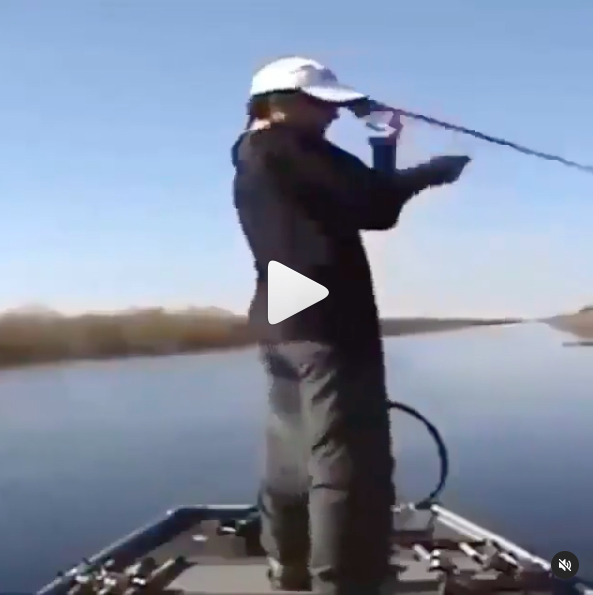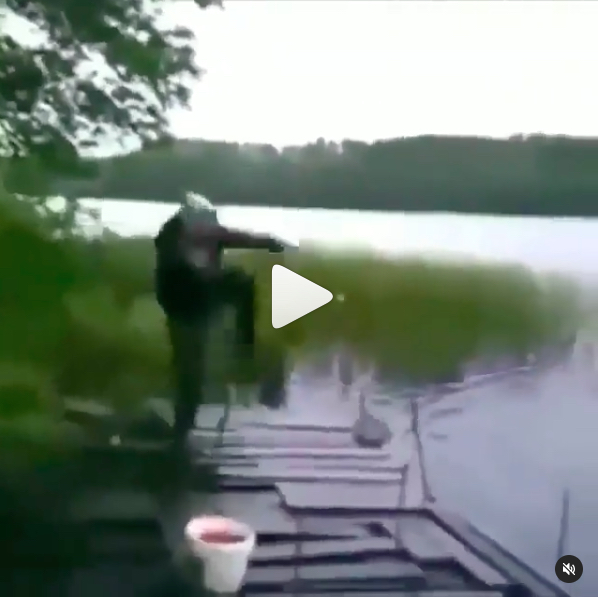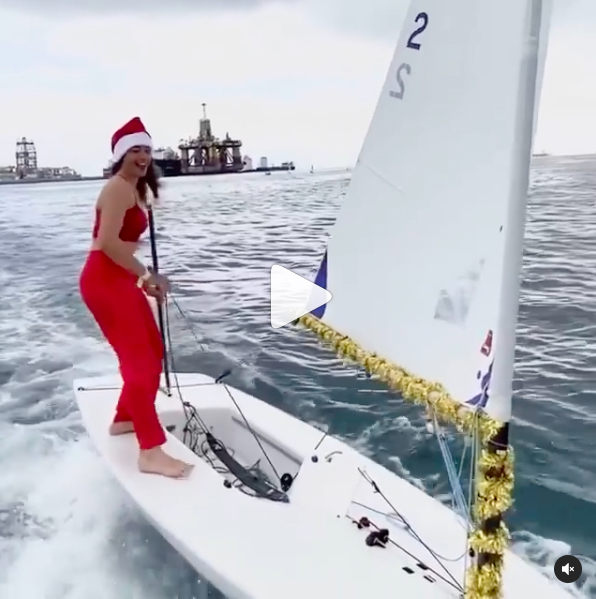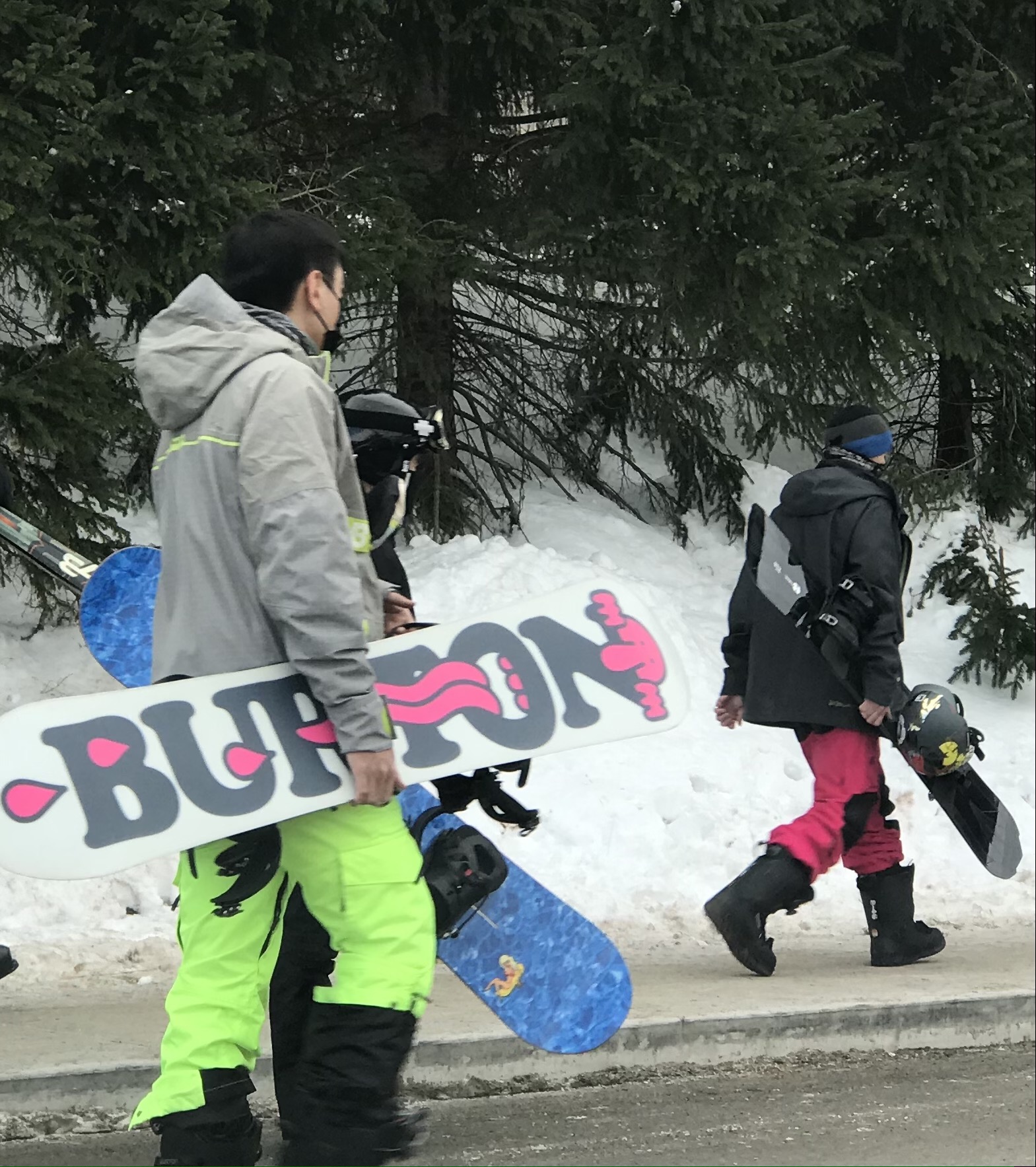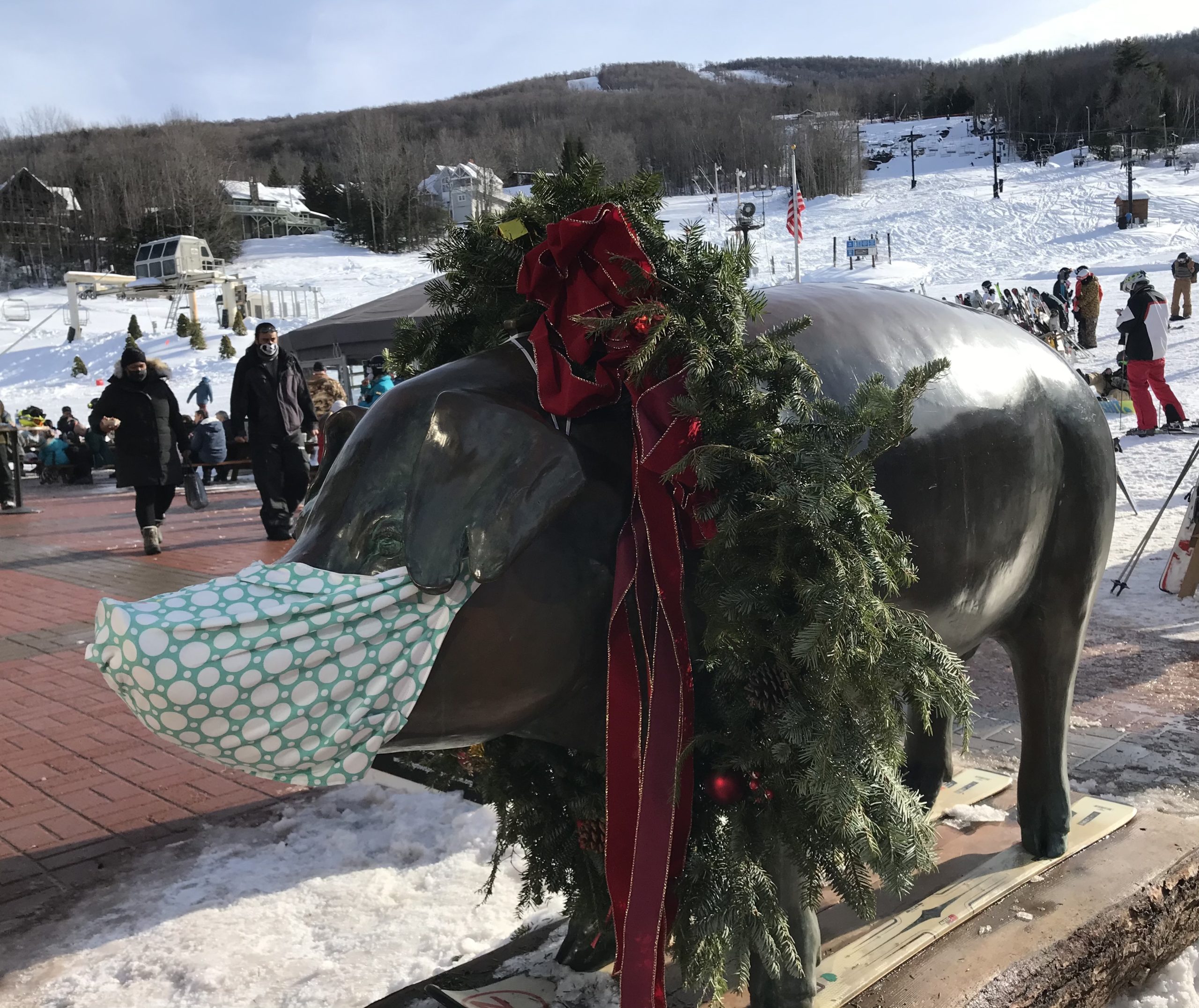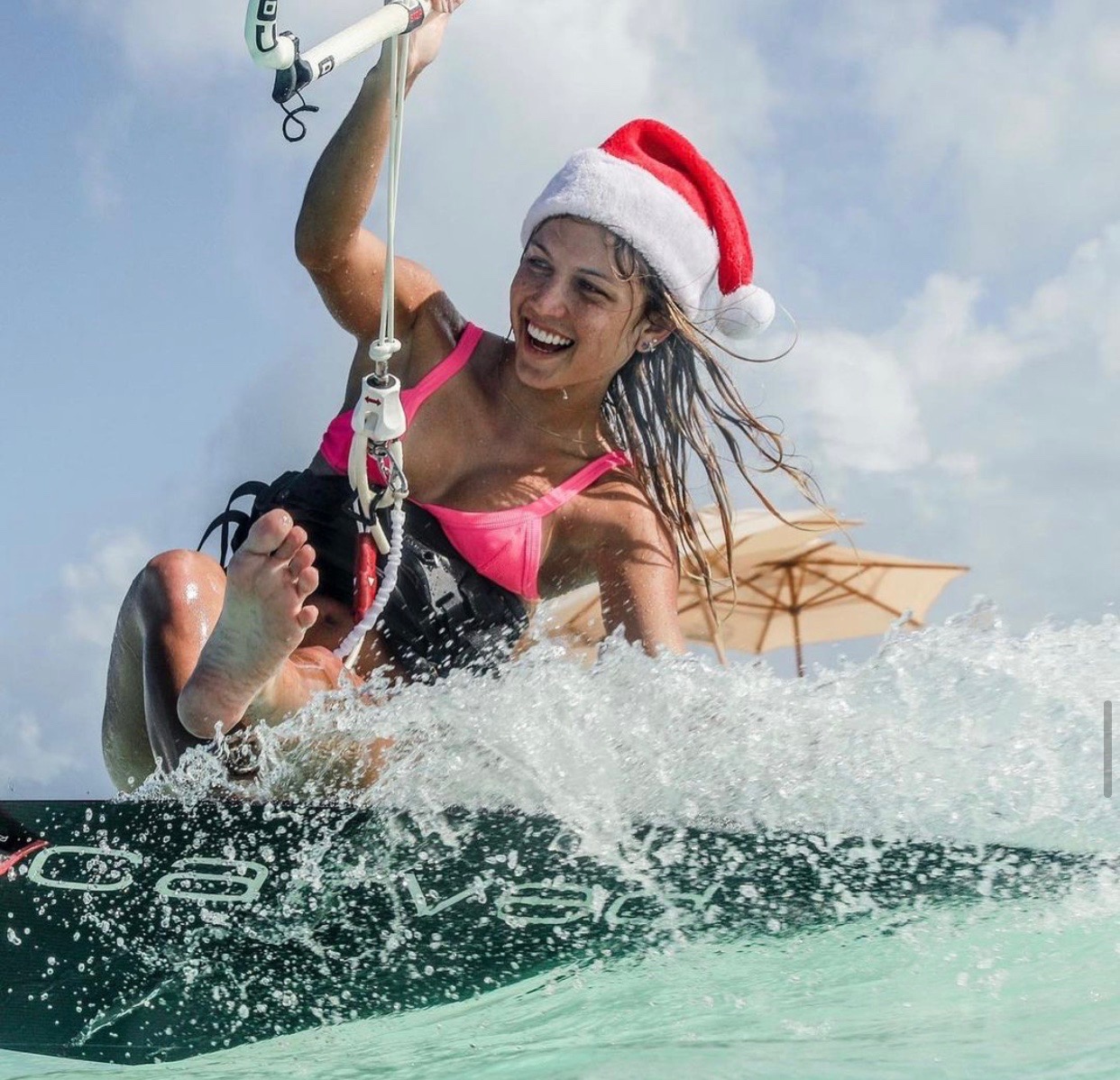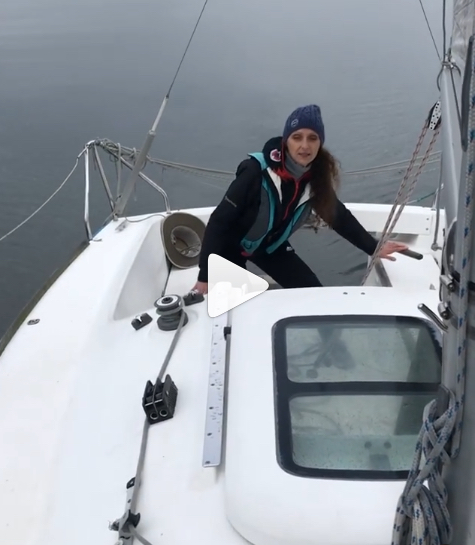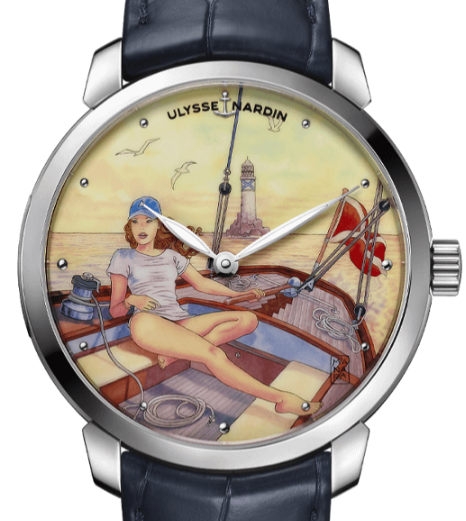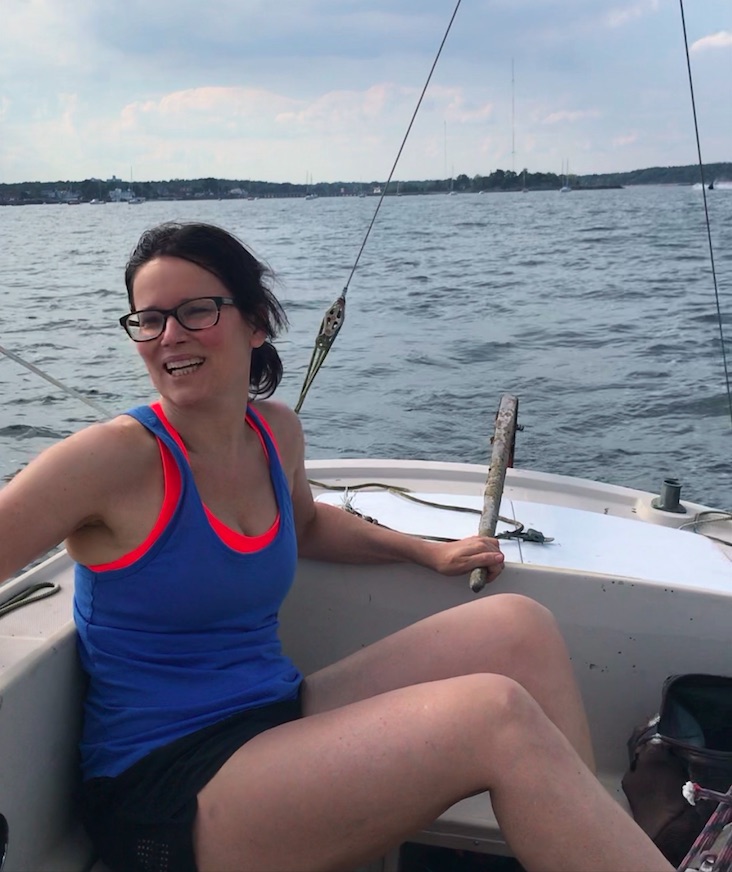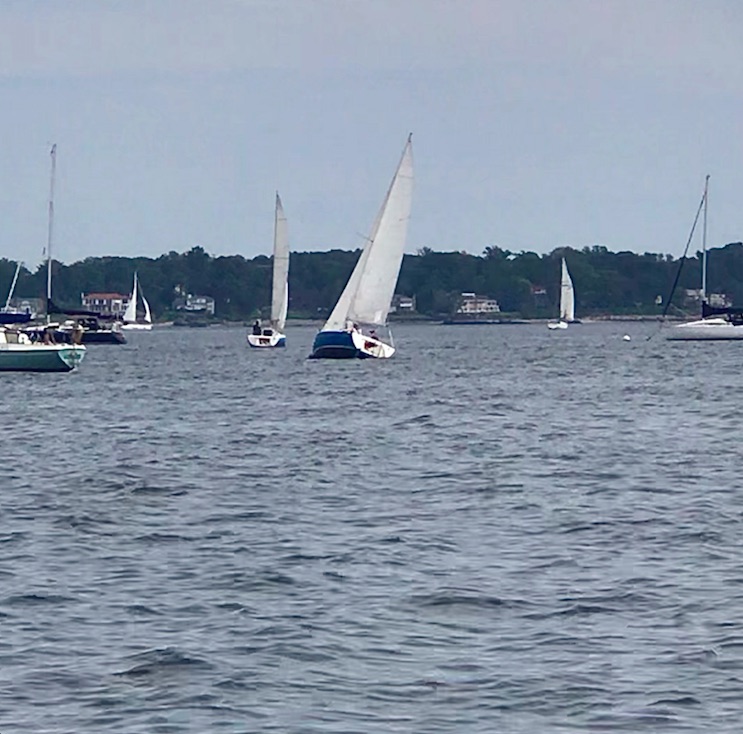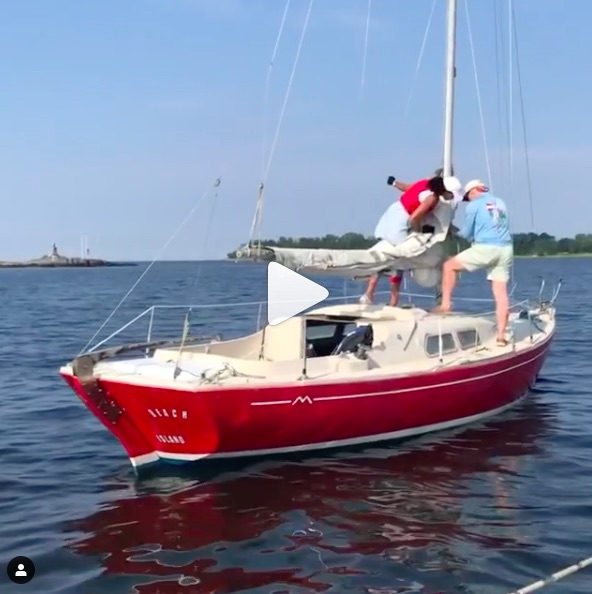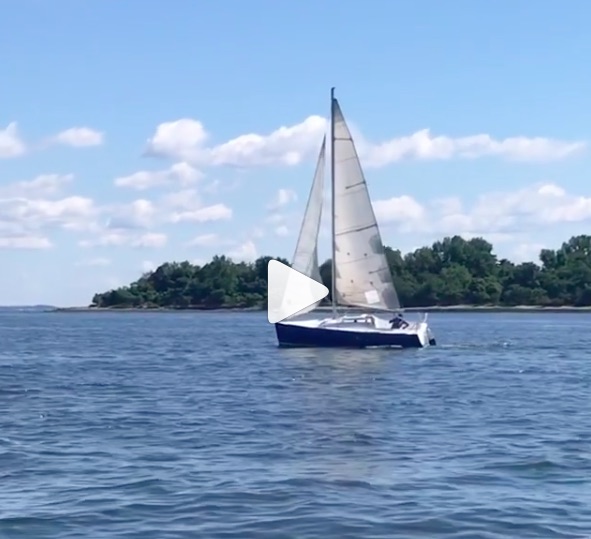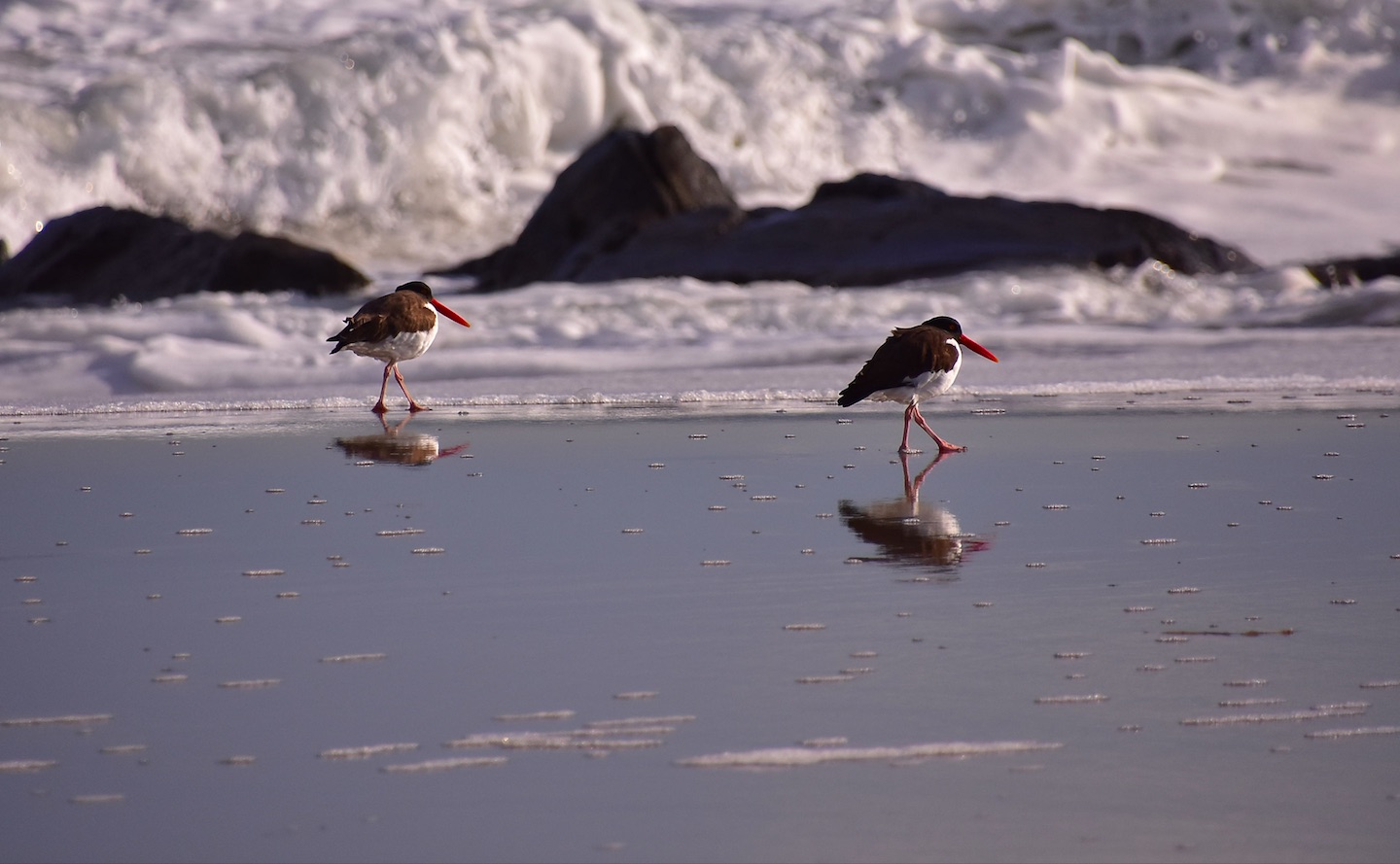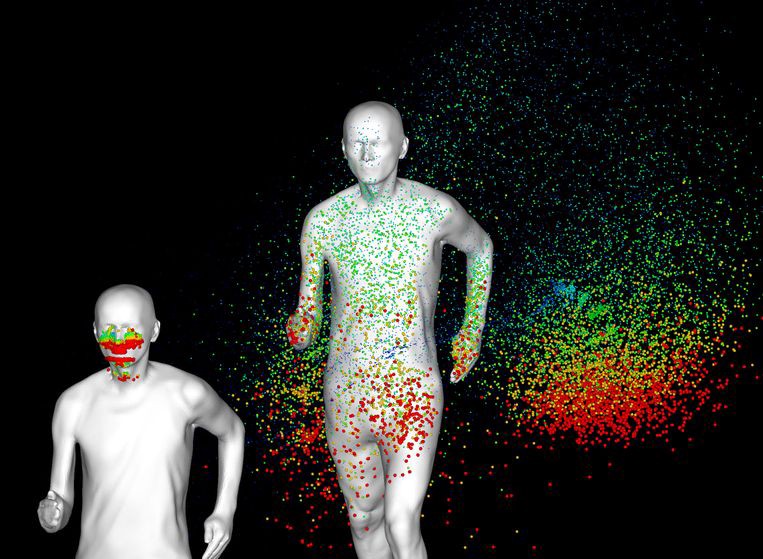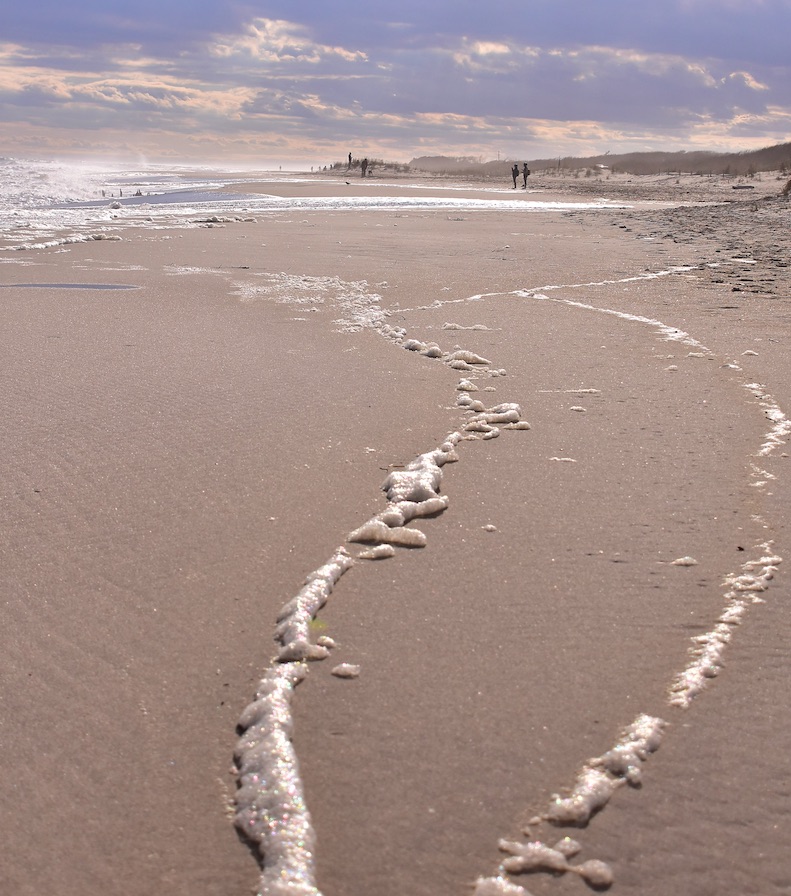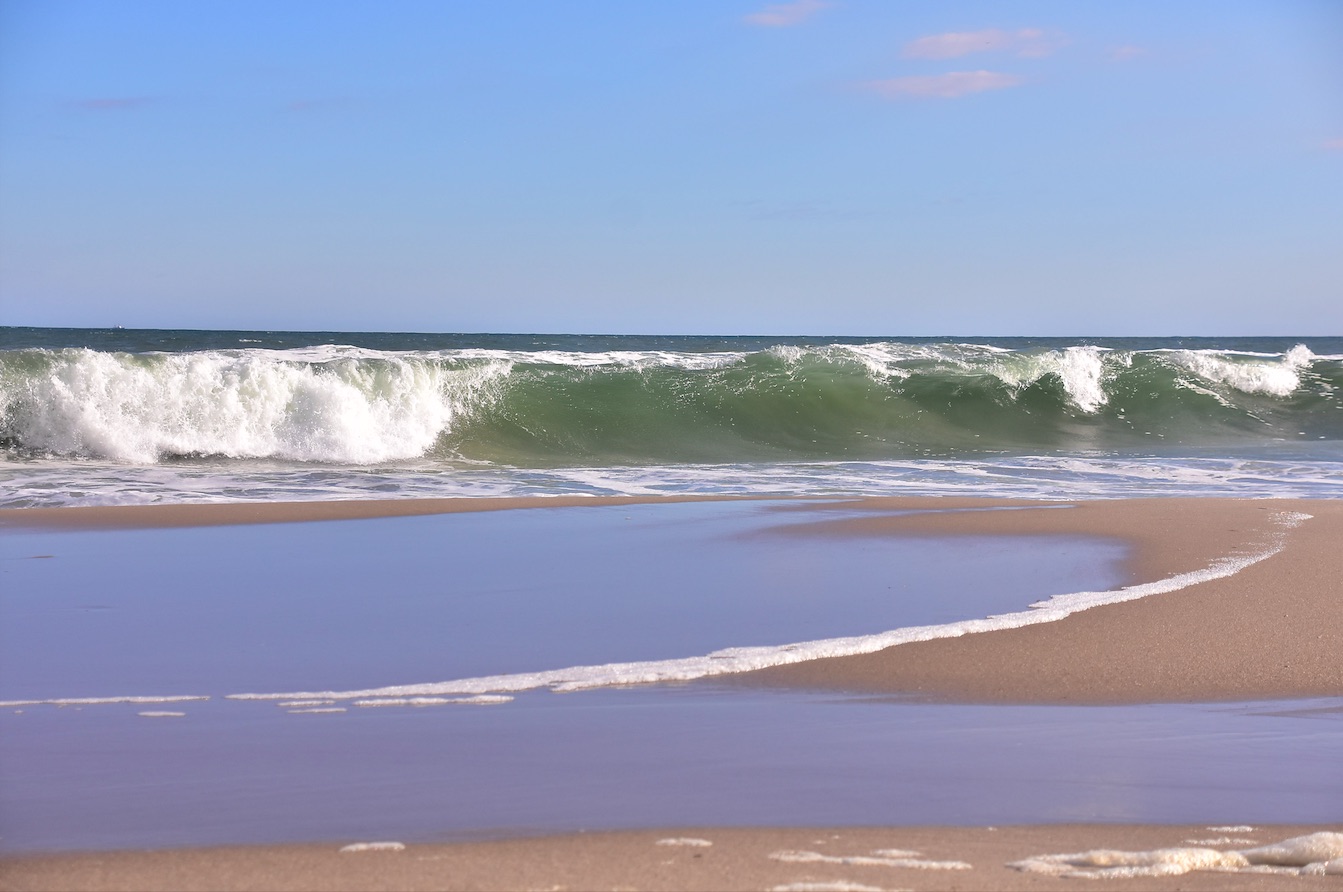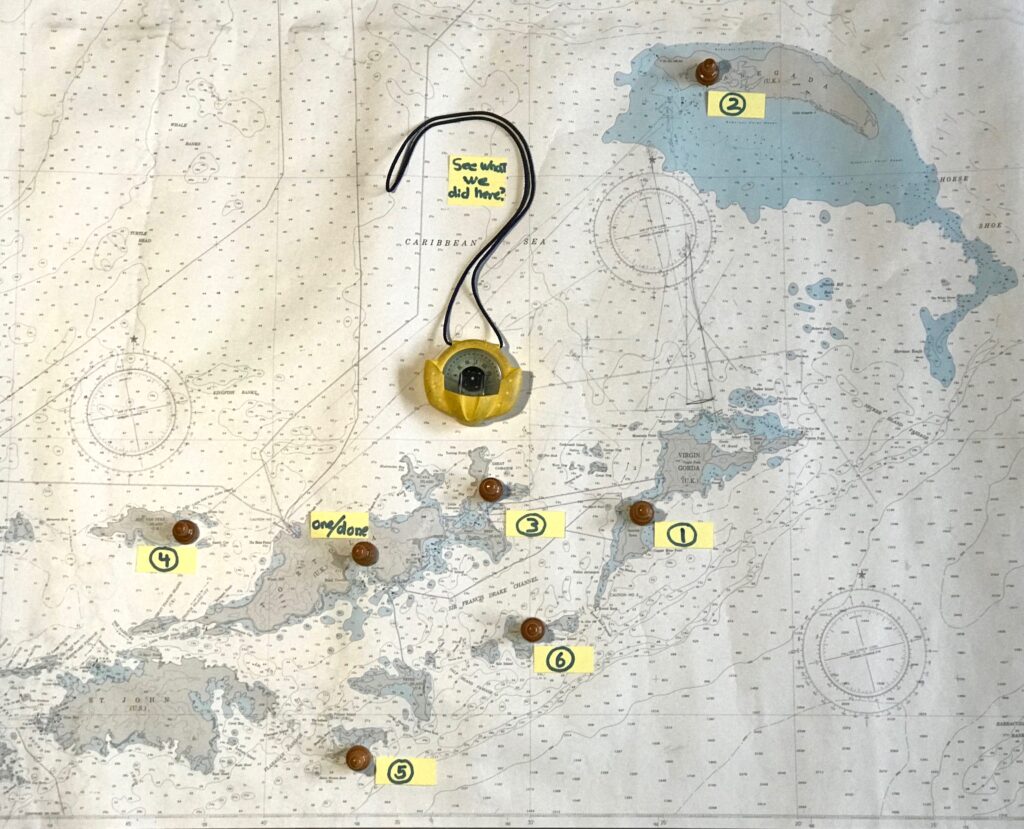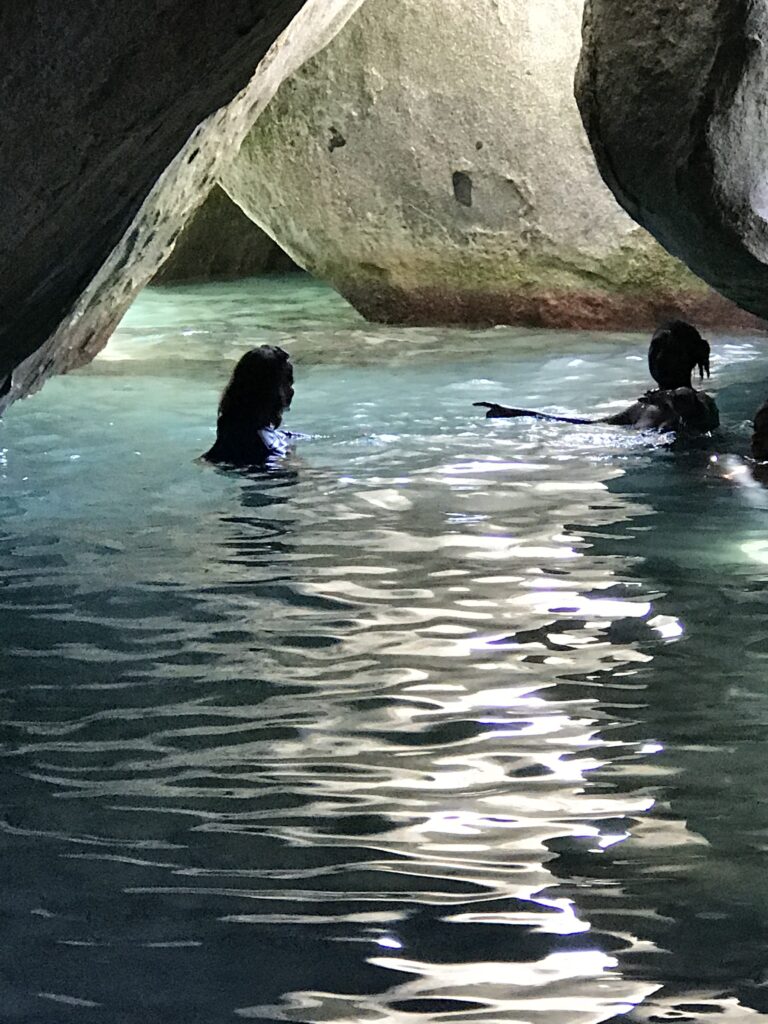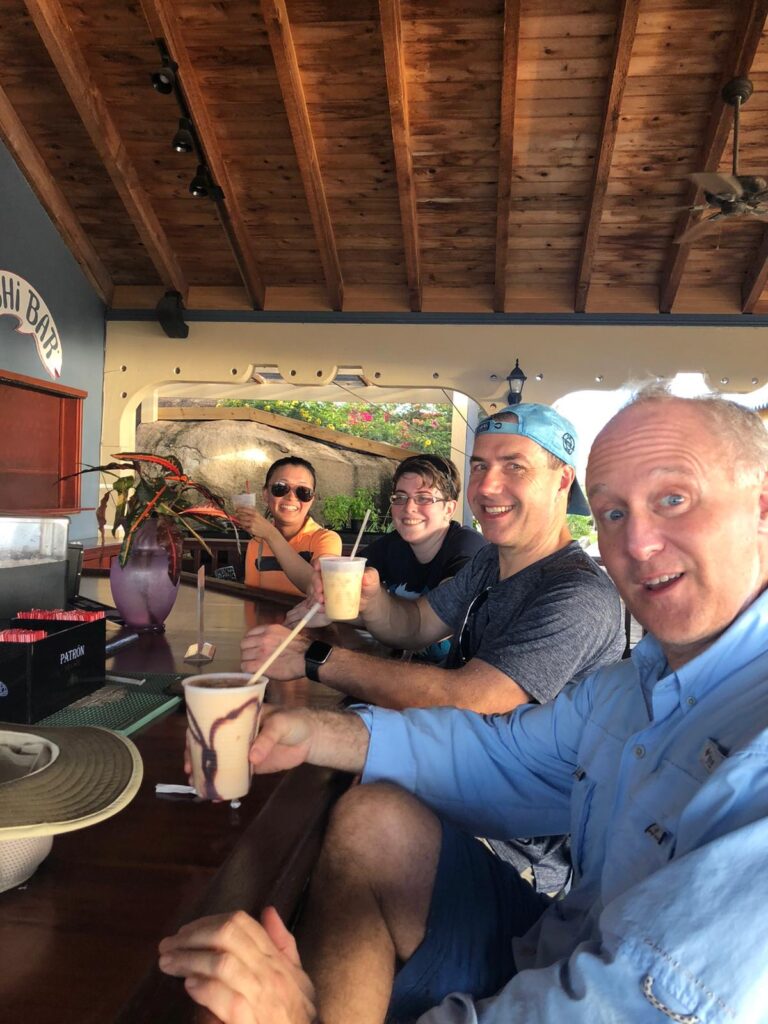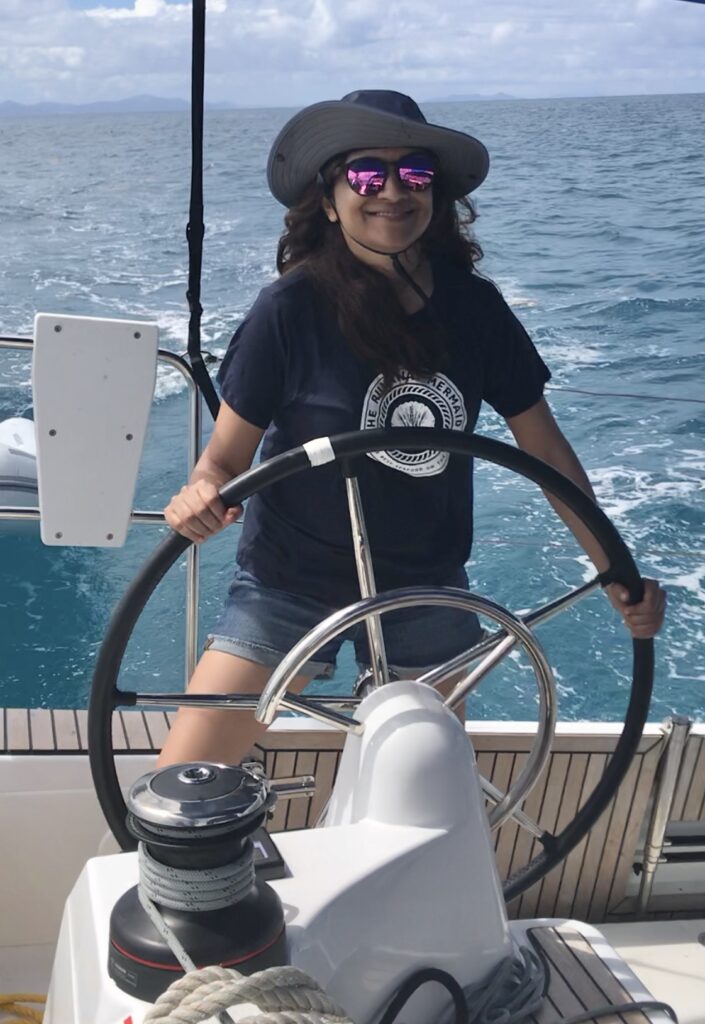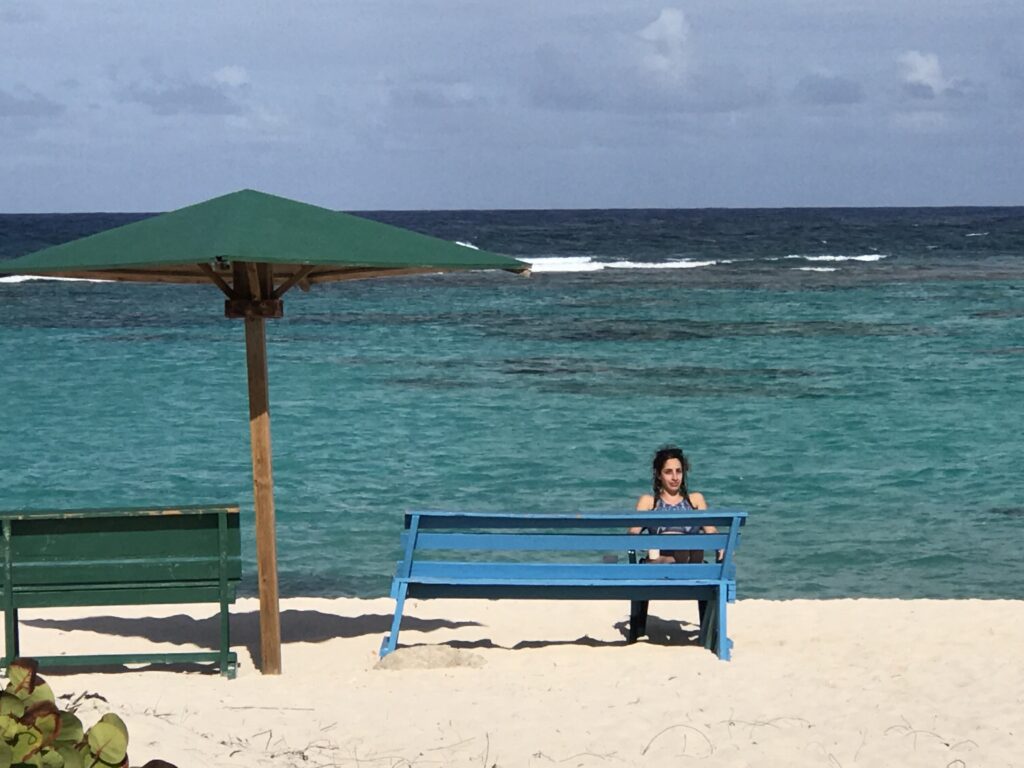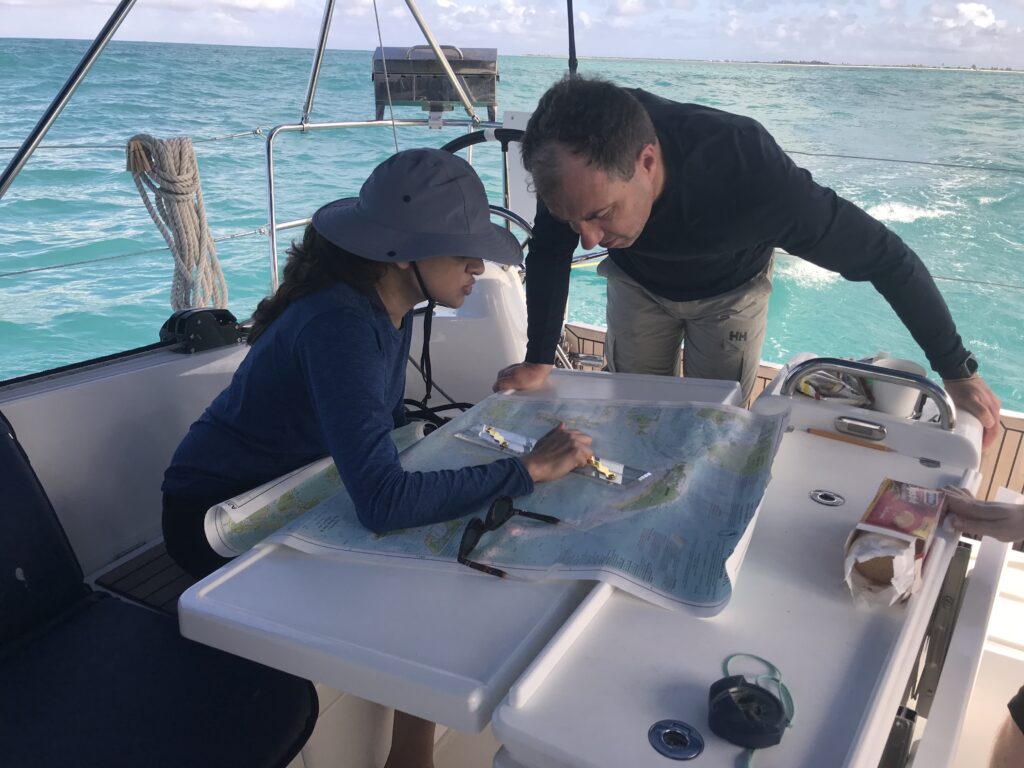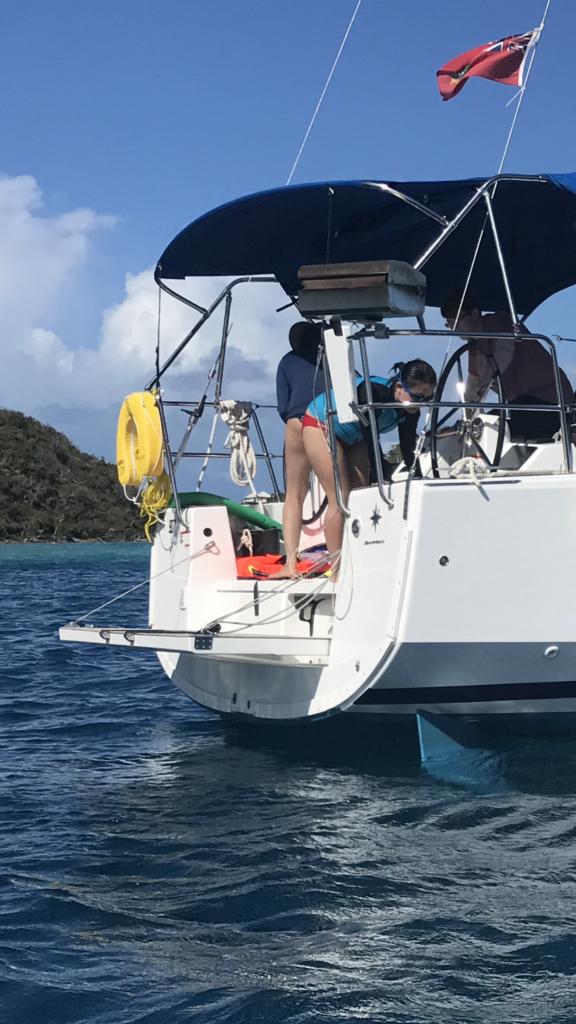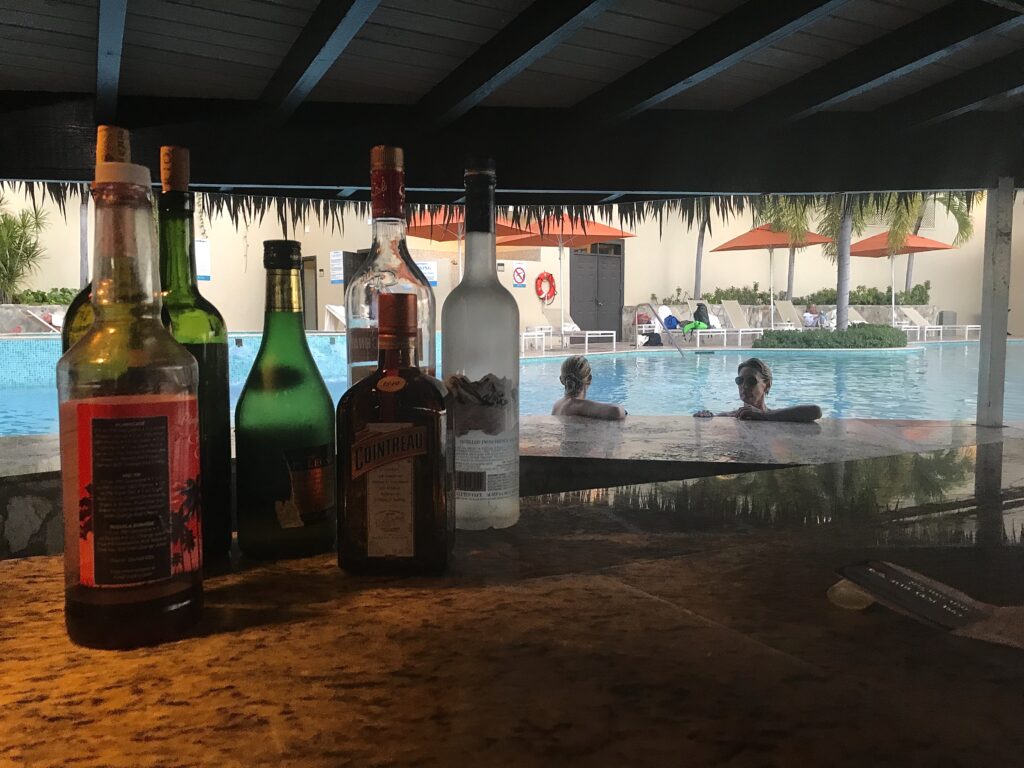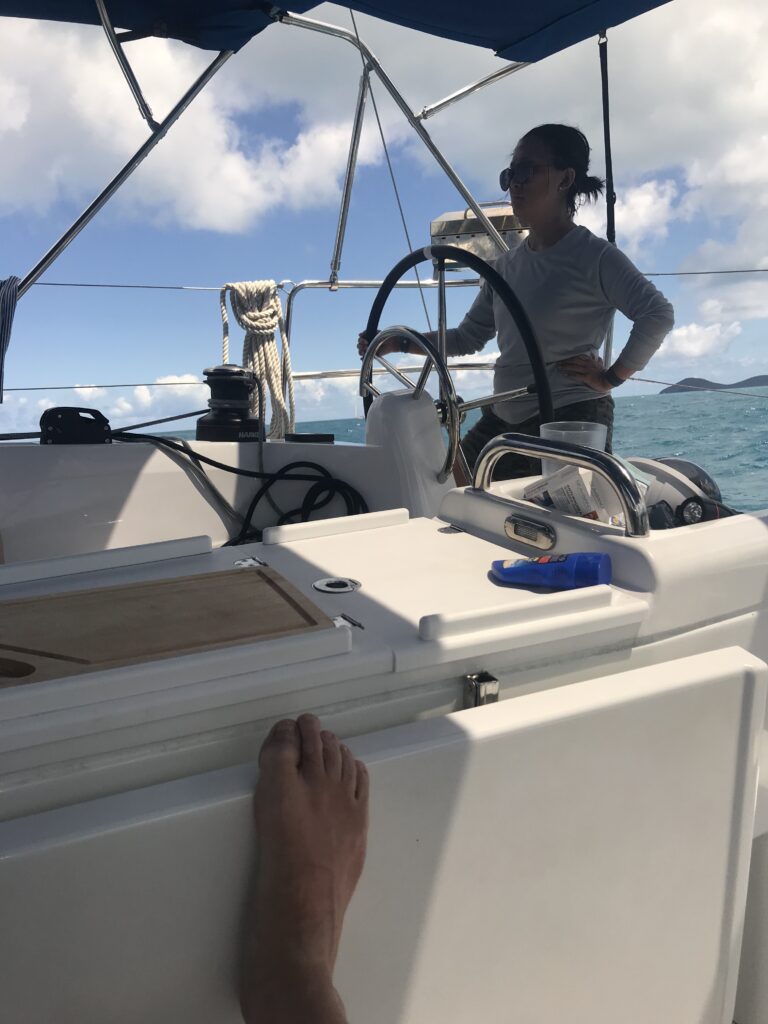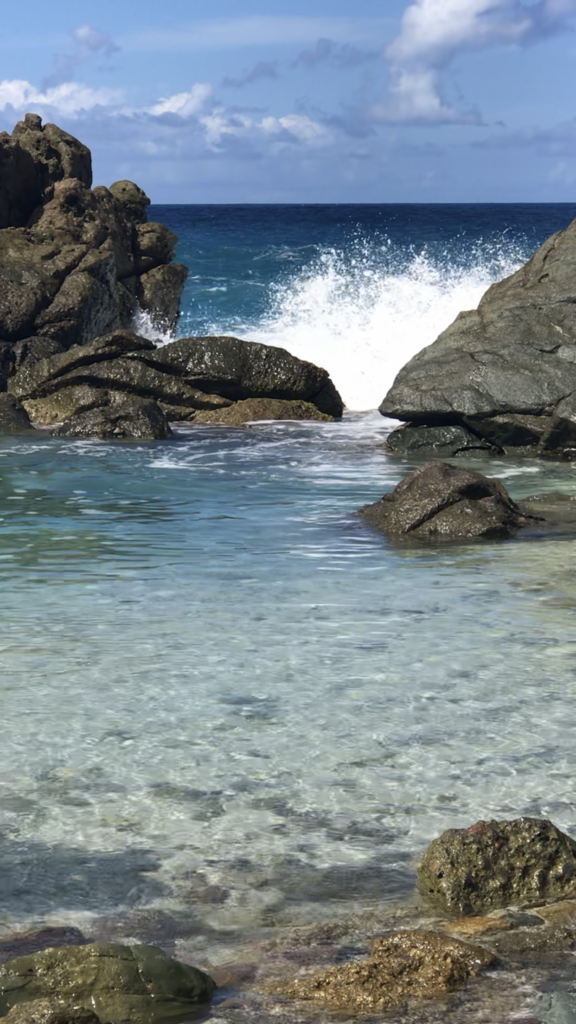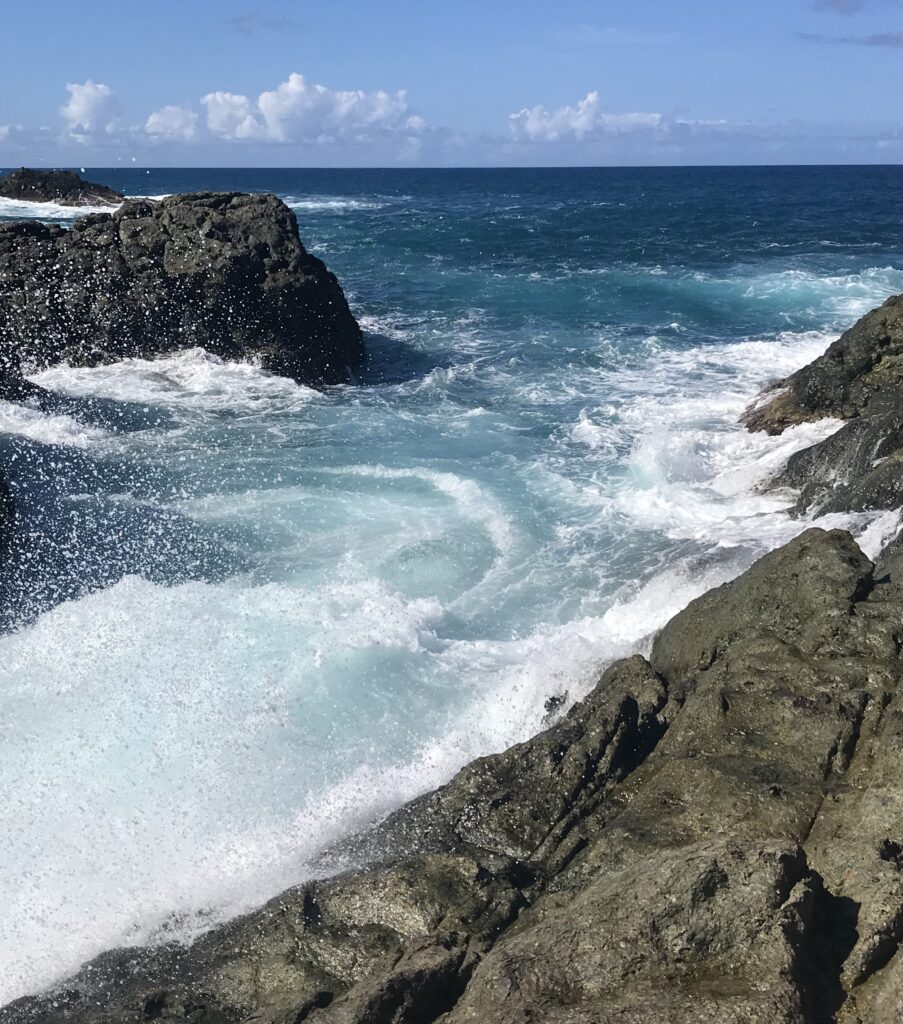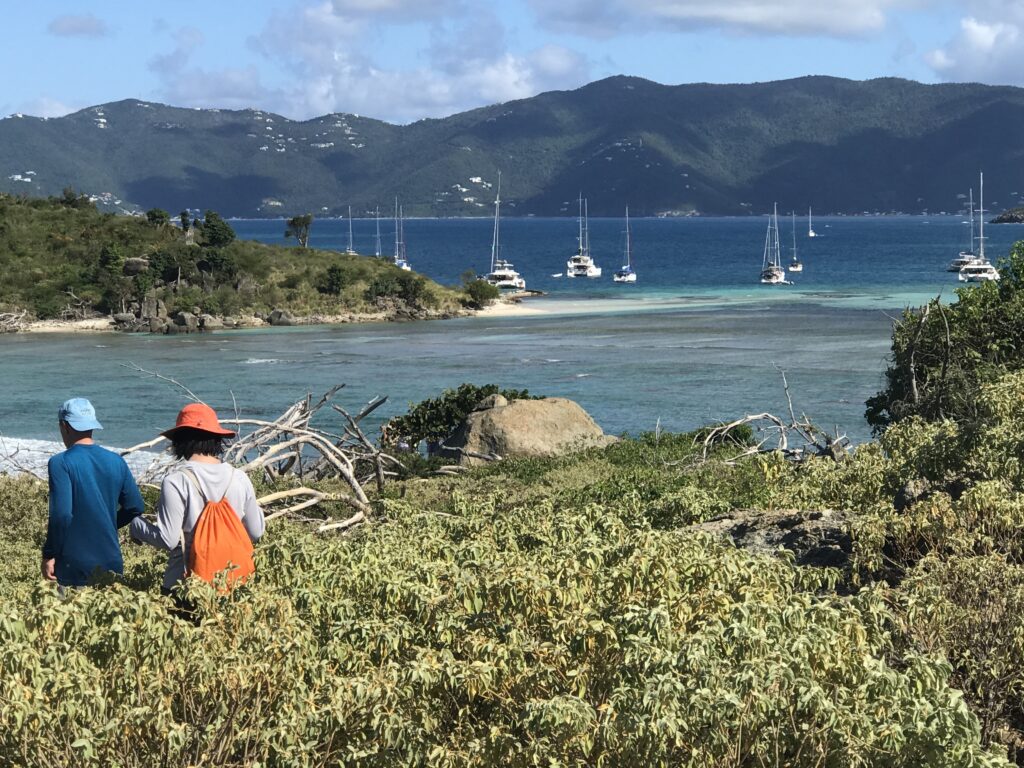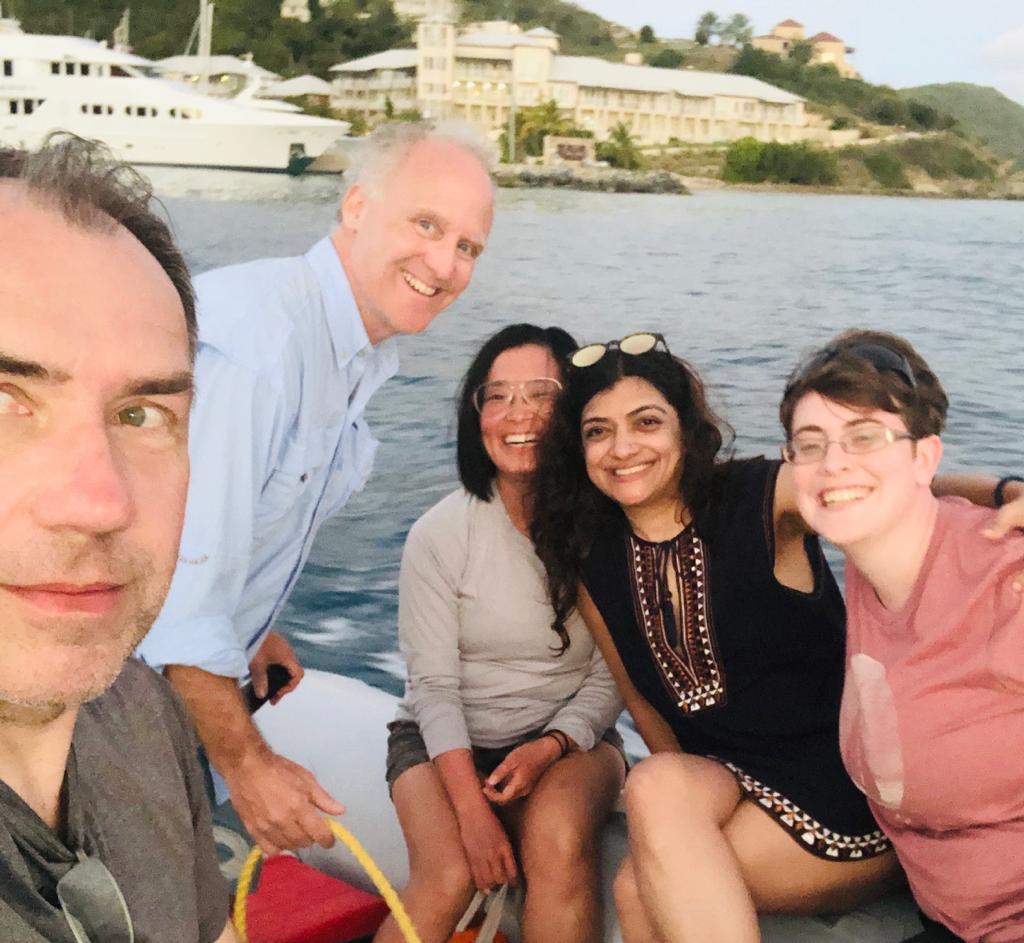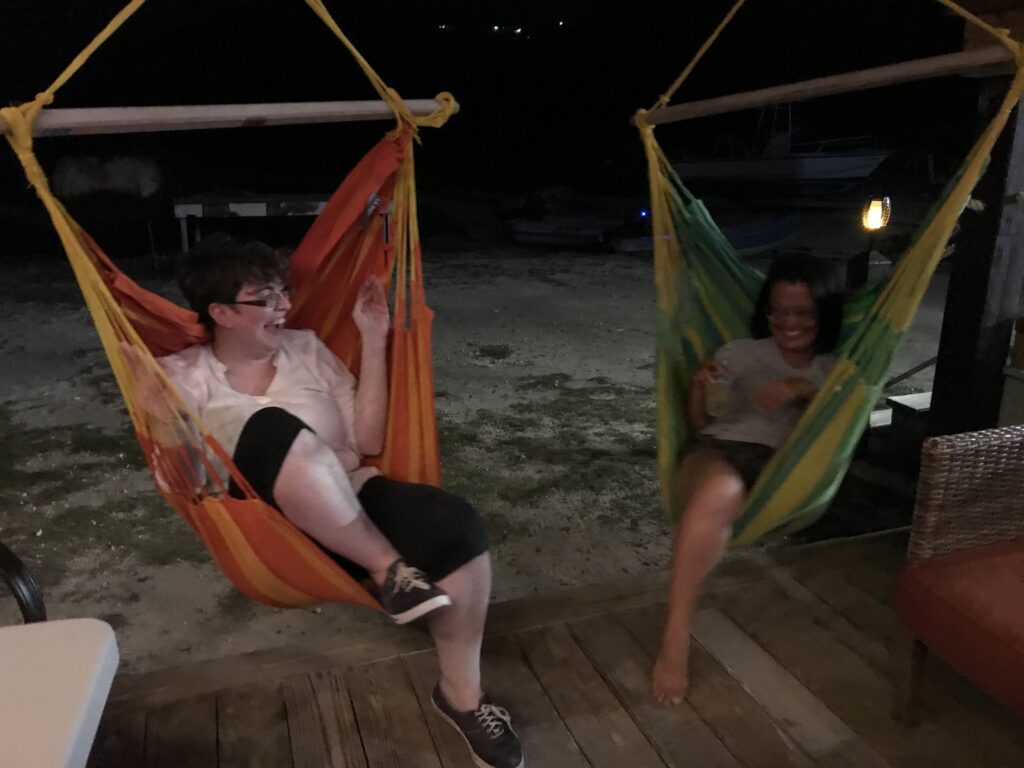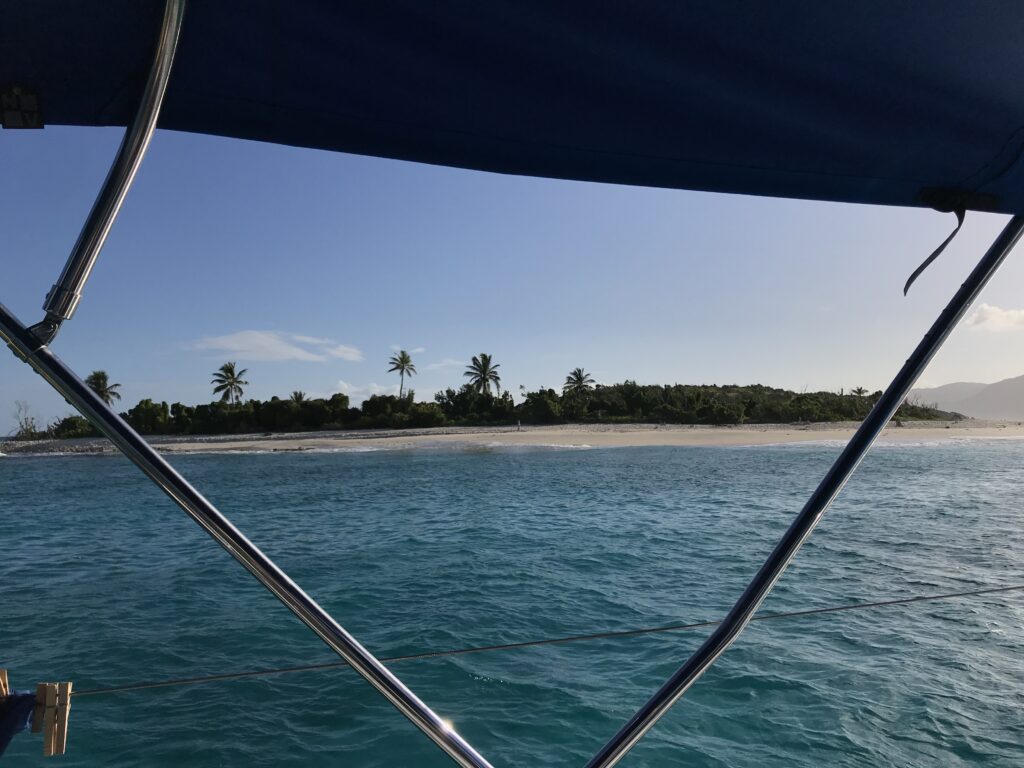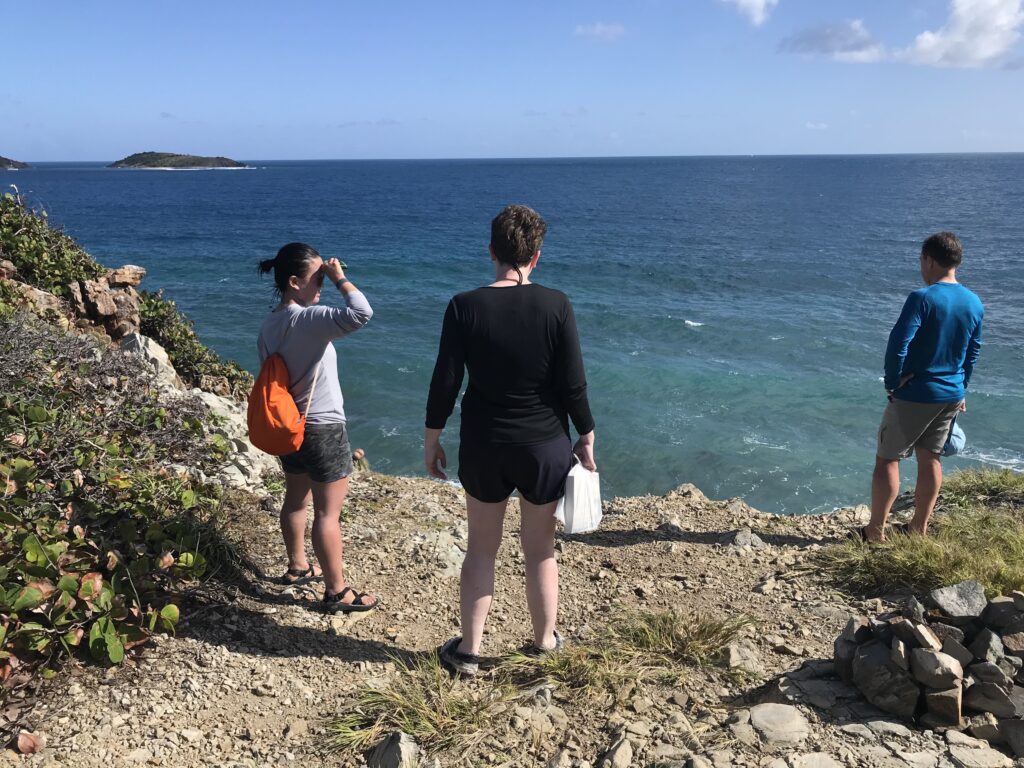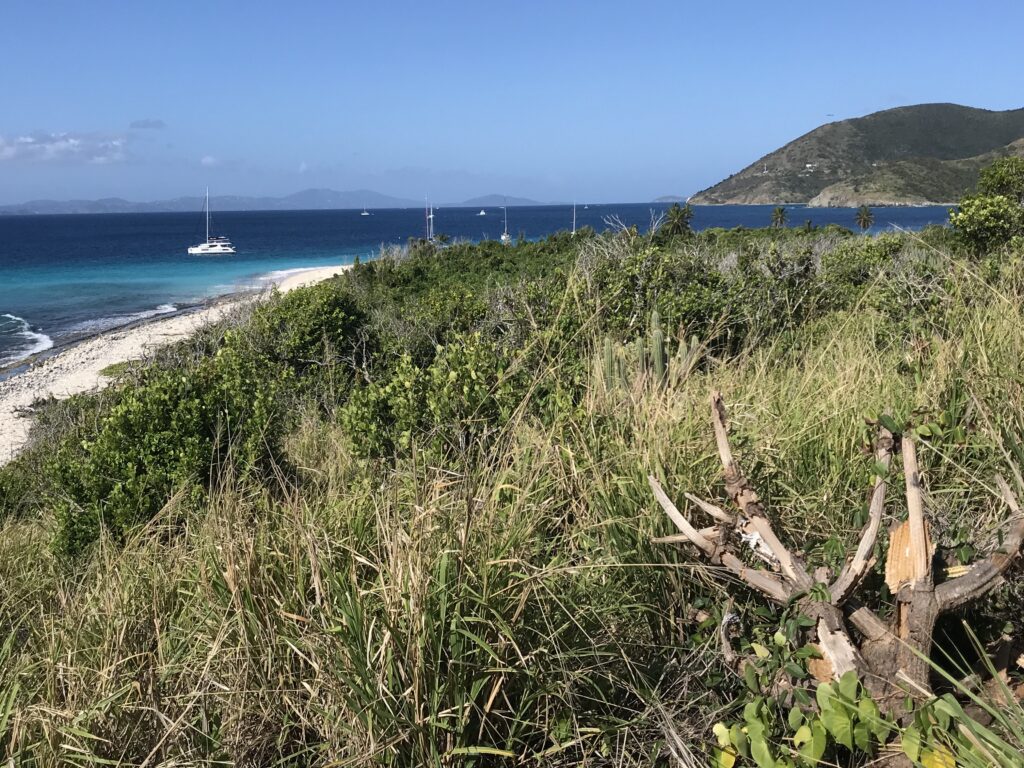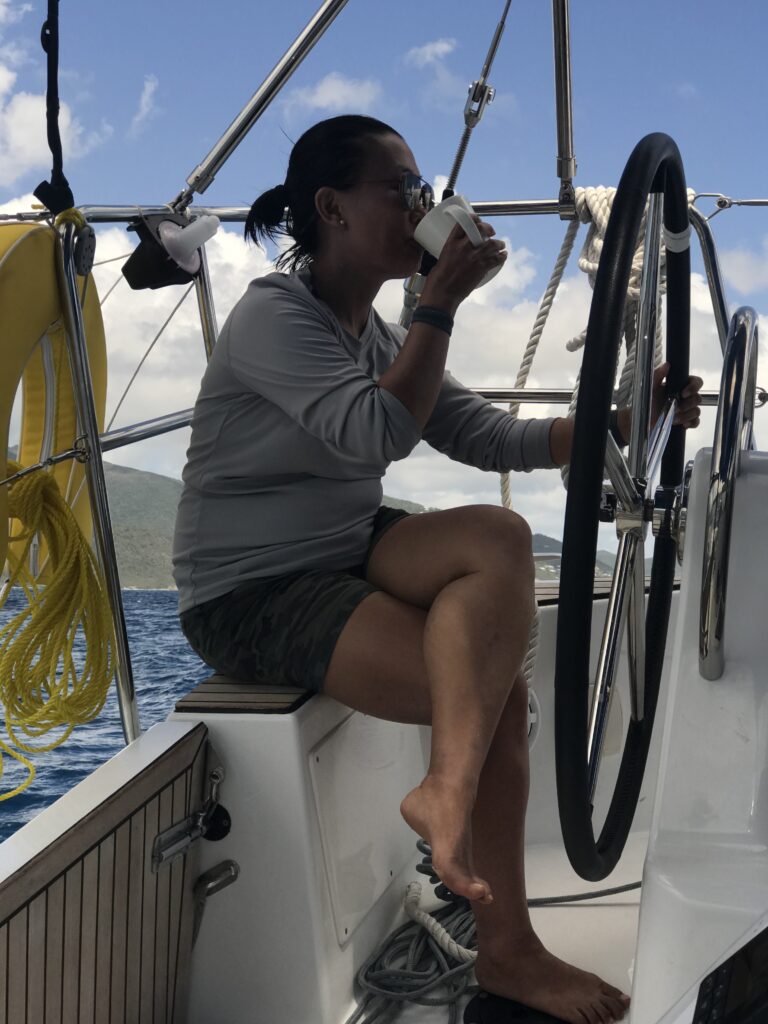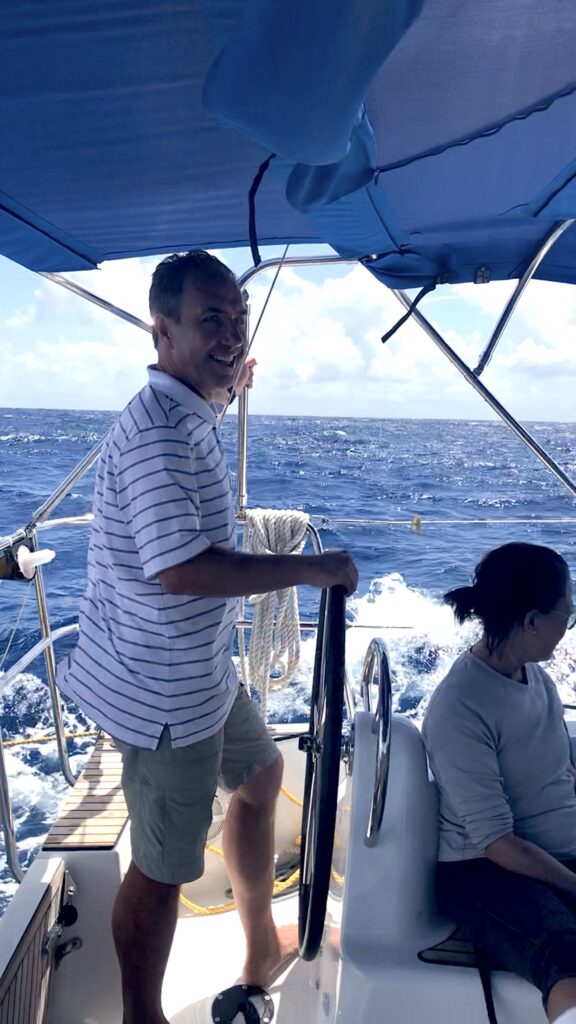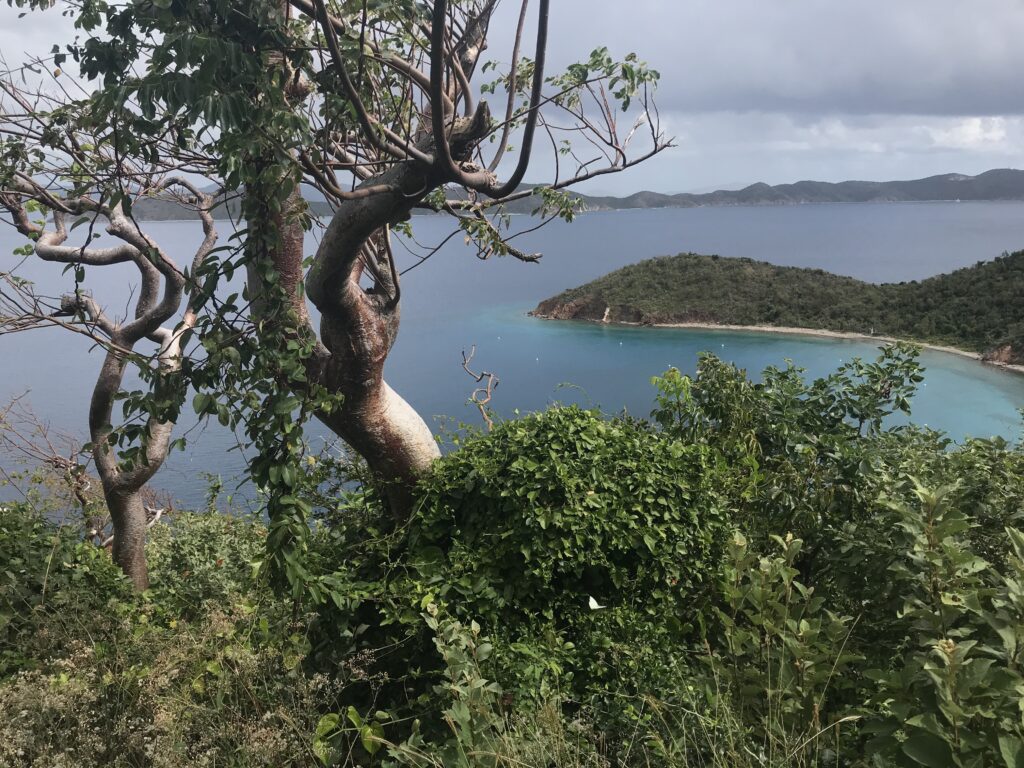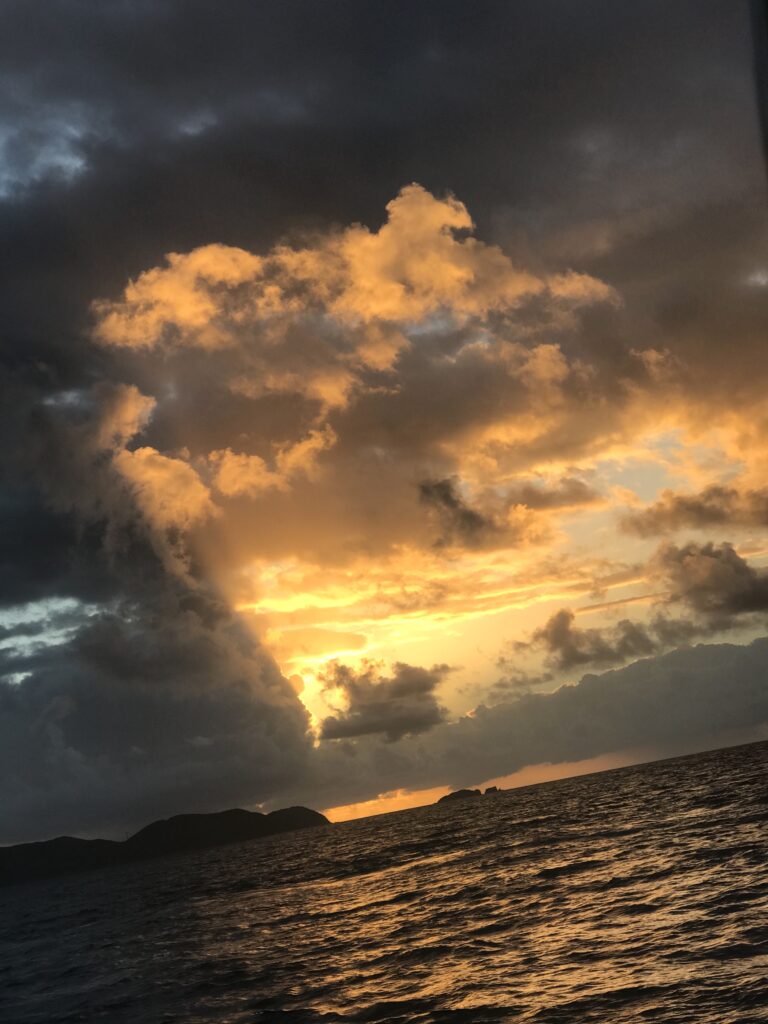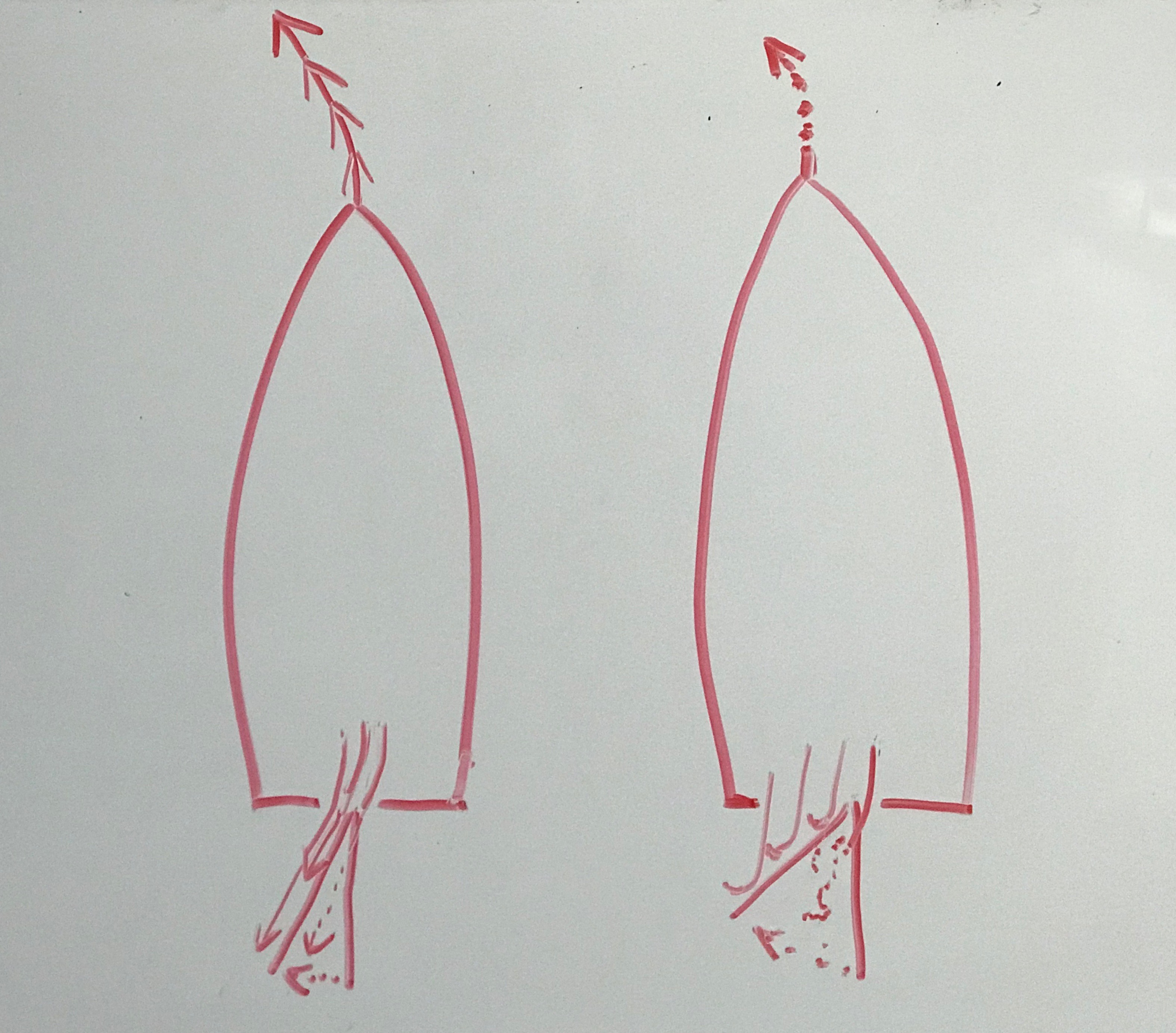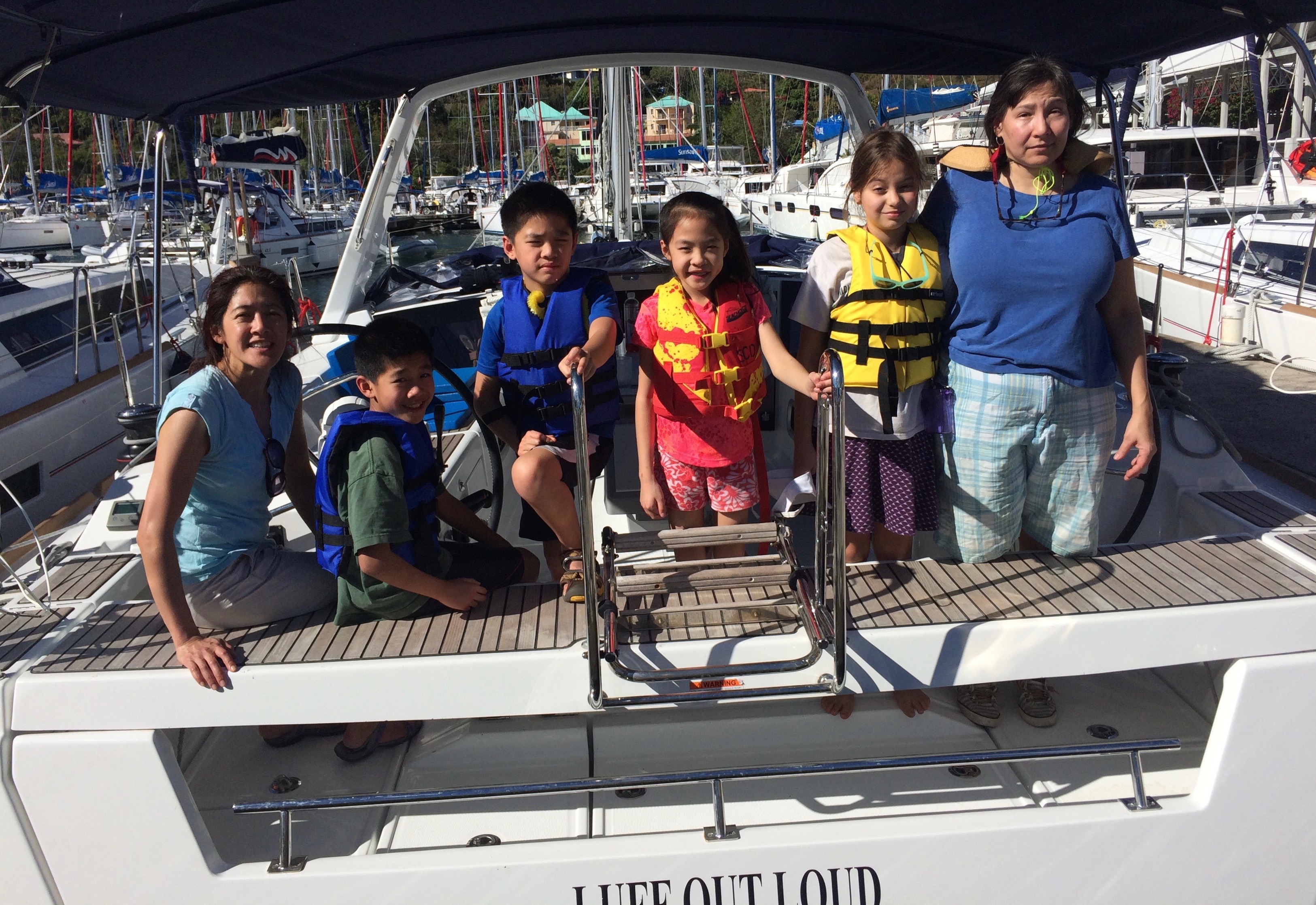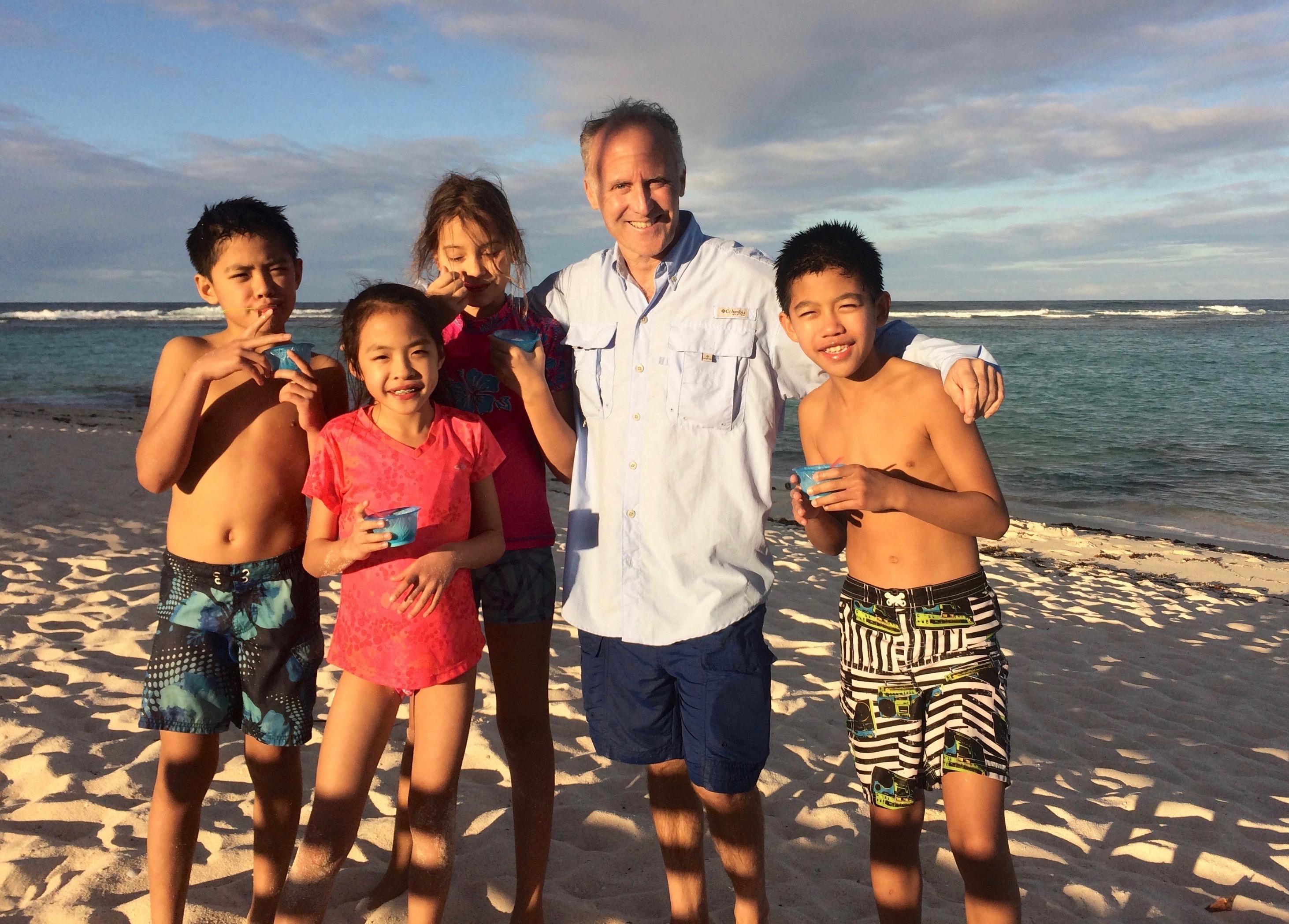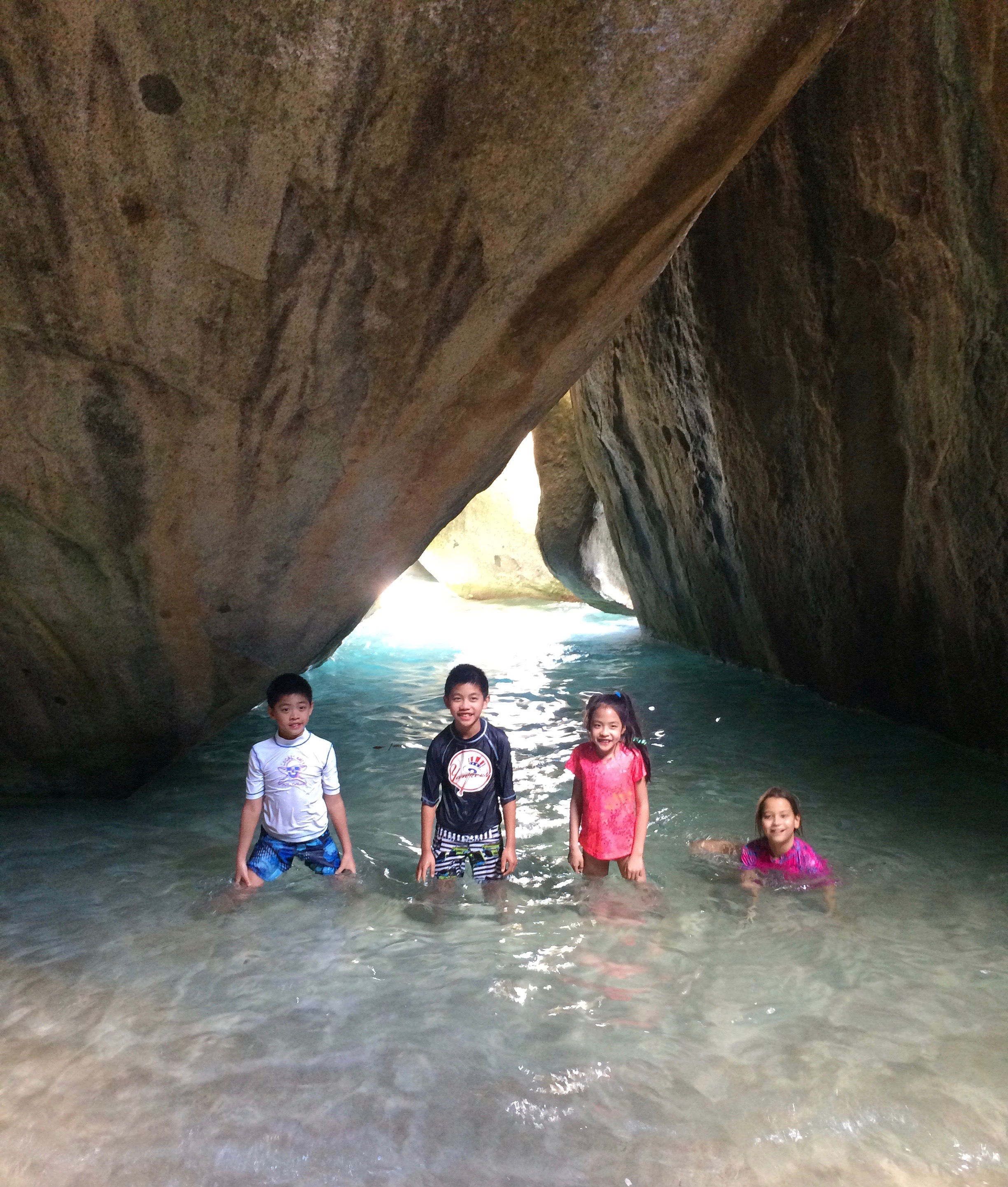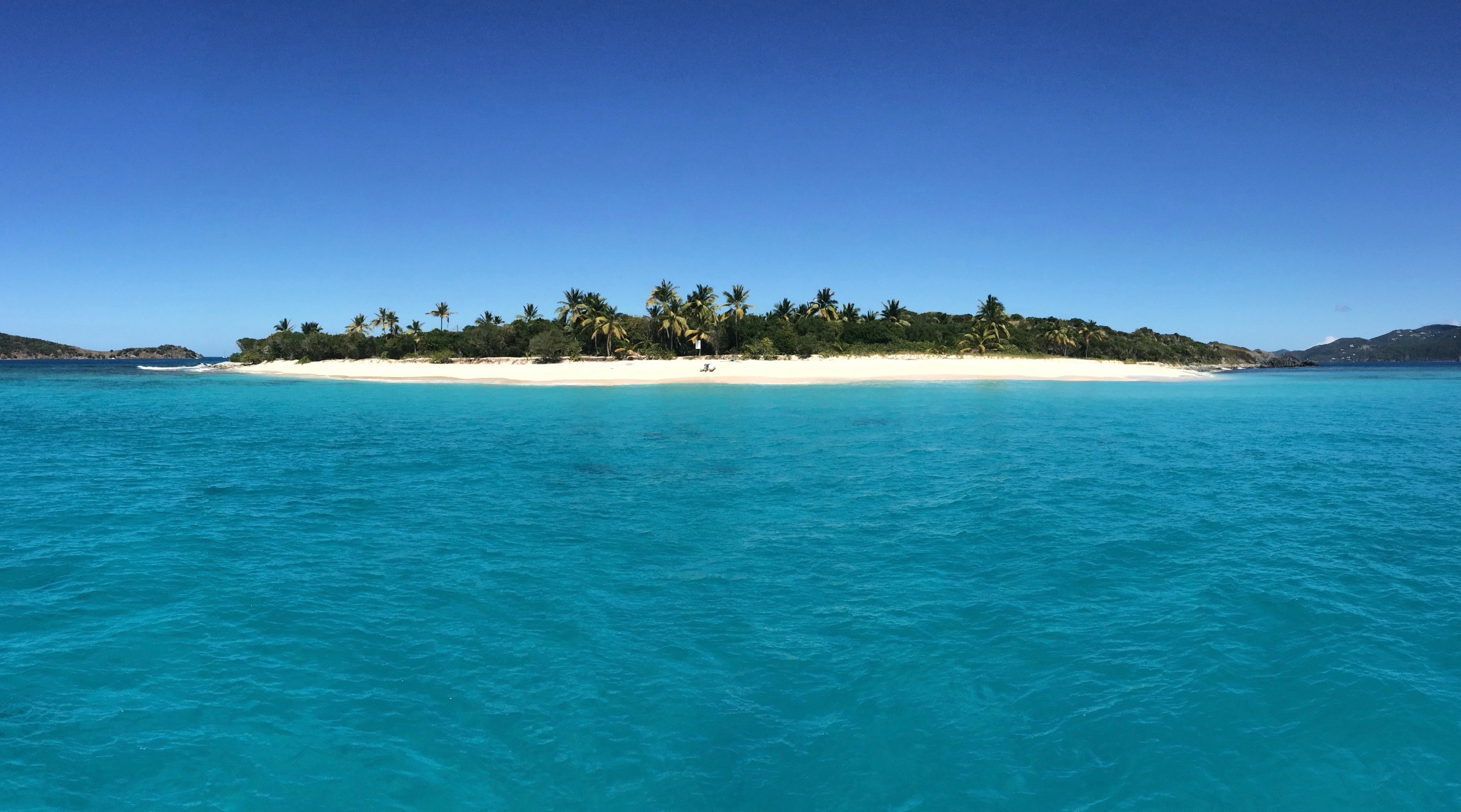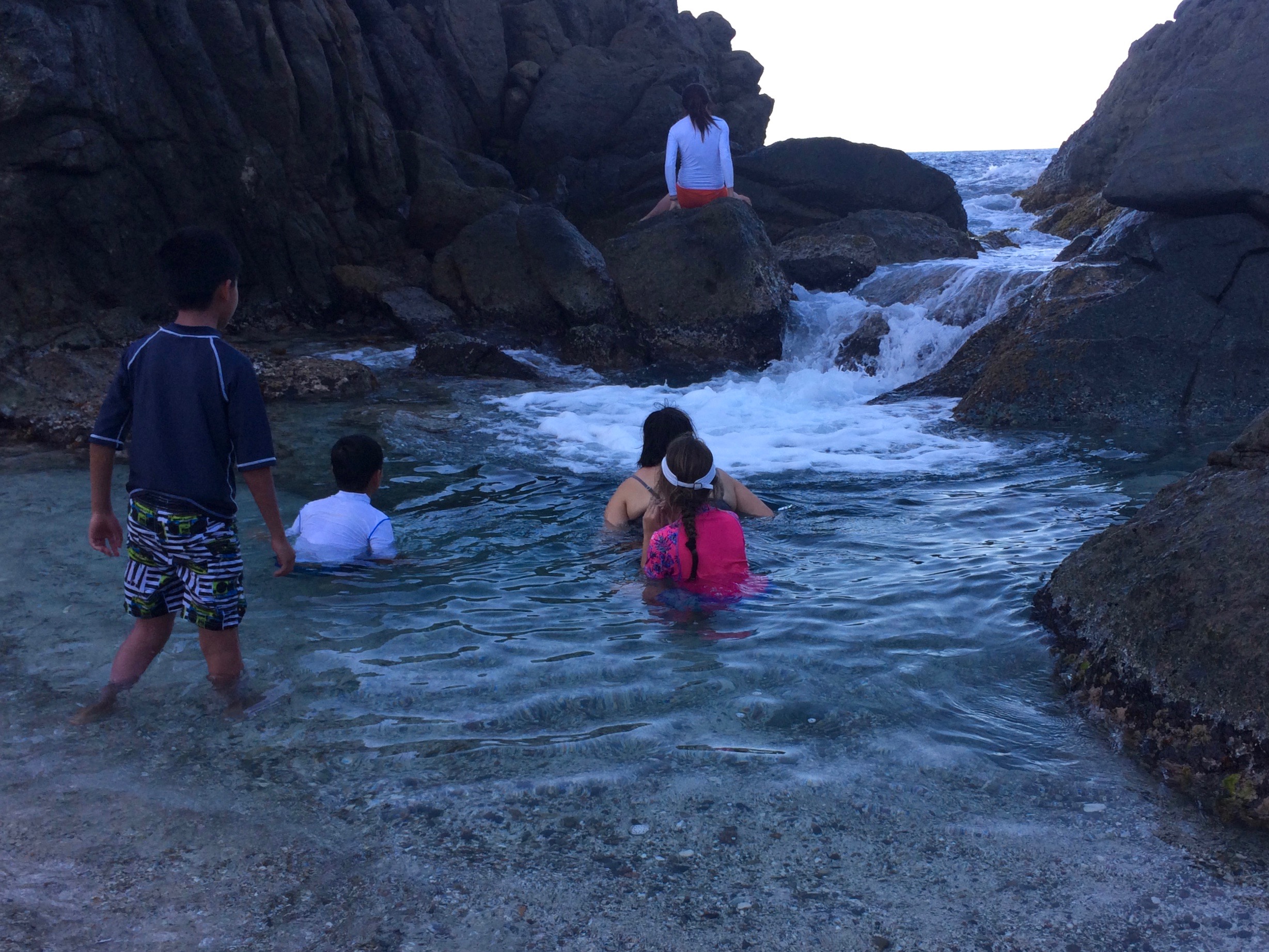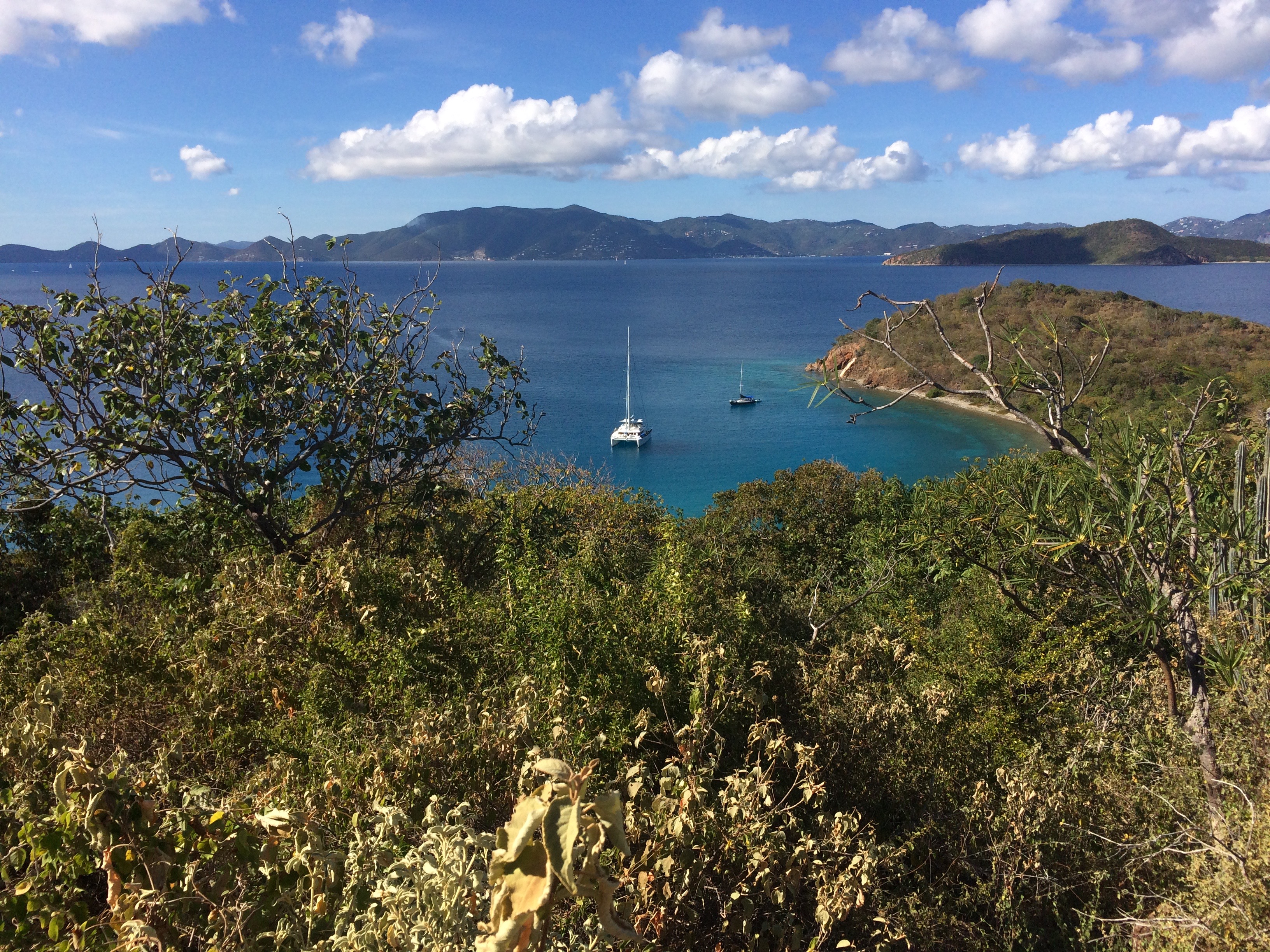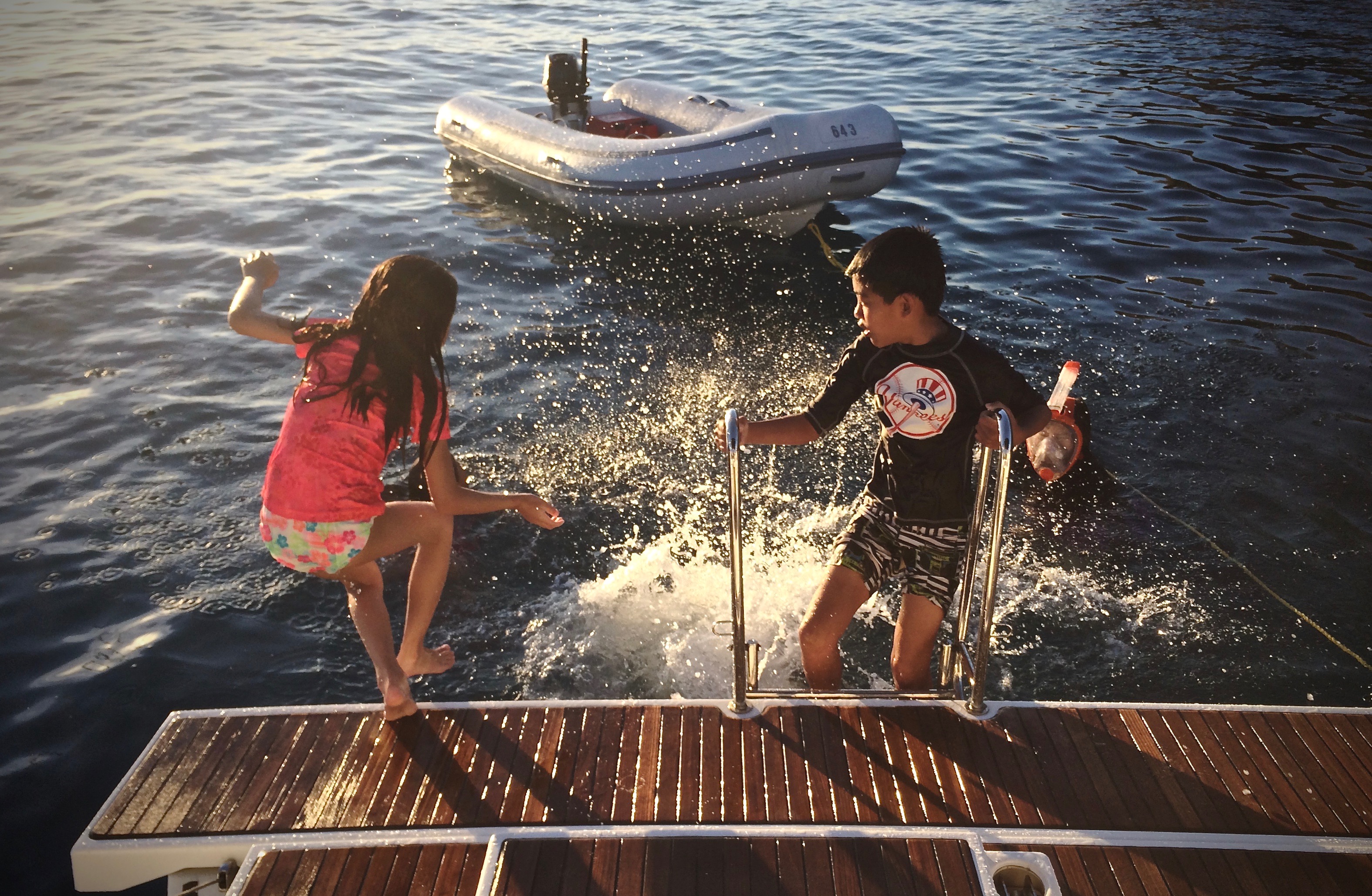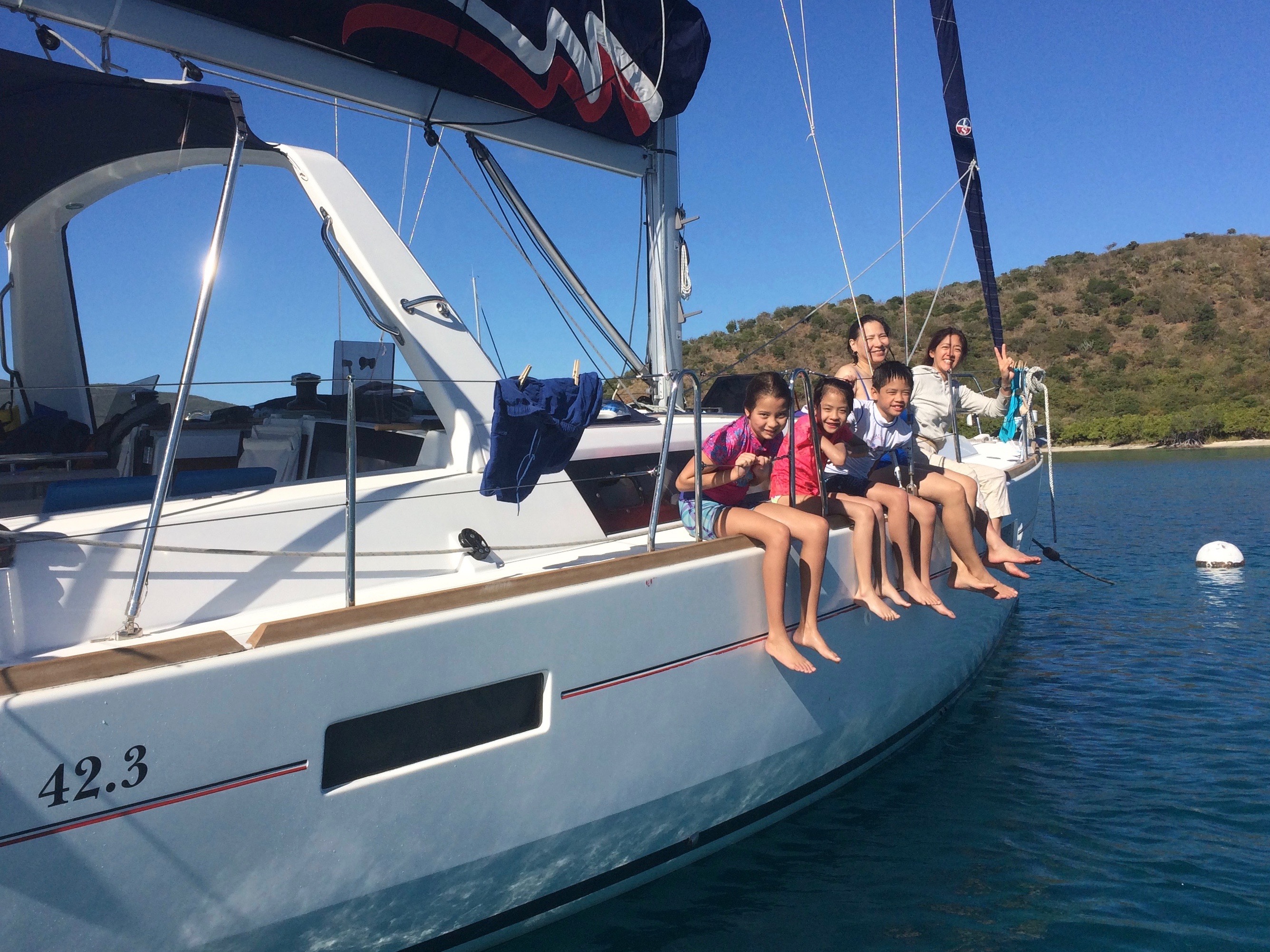Or, lose their fishing rod… or, catch COVID. But we can all prepare well to avoid or mitigate any of that. We mitigate every time you come to learn how to sail with us.
The inspiration for this post? A recent funny a/f Instagram clip we came across and reposted. Fishing fails. Four different clips of people failing spectacularly at fishing.
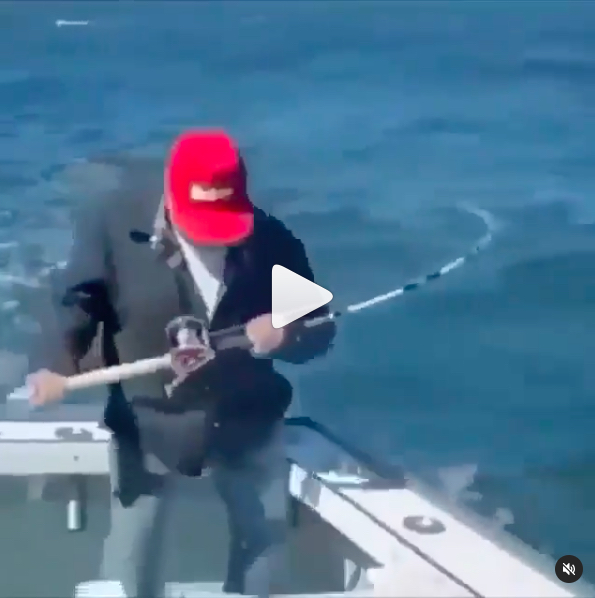
I have free license to laugh. I’ve lost rigs to hooked fish twice in my lifetime, and came damn close another time. I’ve paid my dues; I know what can happen.
The first time was in my teens. The fam was in the BVI (Virgin Islands), and I was at least as interested in fishing as sailing at the time. I caught some live bait that afternoon and kept the little fish alive in a bucket pending live lining for something larger off the dock that night. Lo and behold, some other kids down there had the same idea and we were all tossing our bait to the shadow line off the dock to see what came by. It was quiet. One kid was having trouble with his tackle, so I offered to help. I put my rod down and went to help. As I walked back, I saw my pole torpedo off the dock out onto the surface of the water, where it didn’t sink – but actually glide along teasingly for a moment, leaving s little wake. Then it suddenly shot off into the night so fast it just disappeared. Gone. Done. Had to laugh; I had that kind of humor even back then.
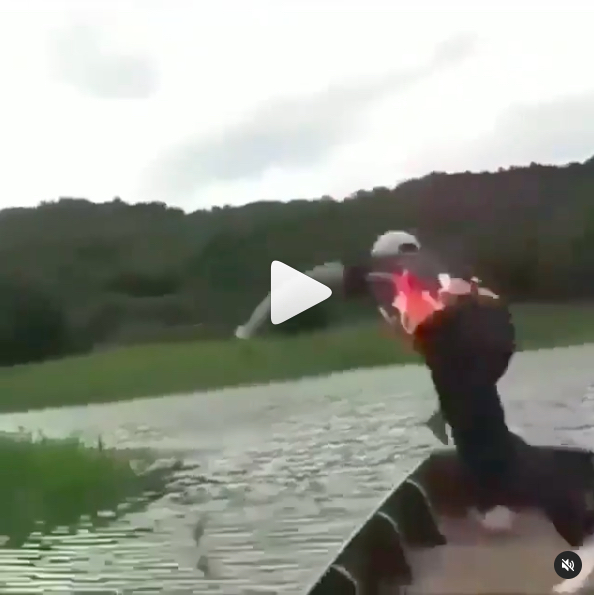
And, no… no one actually EXPECTS to fall overboard. But we do sometimes, and that’s why we wear life jackets or PFD’s. During our Start SailingSM courses (learn to sail / ASA 101), students always wear PFD’s. What if it’s hot out, light wind, warm water, and everyone can swim? You STILL wear them. We invest in high-quality automatic inflatable jacket with manual overrides. That way, you don’t even know you’re wearing them.
We sail in very controlled settings, with an eye on the sky as well as the radar and weather apps. We don’t take you out when bad weather is approaching, and we get off the water before conditions deteriorate if we’re the slightest bit concerned. But, developing good habits during class carries over into the future of your sailing. Hard to get separated from the boat if you’re tethered to it; hard to drown if you’re wearing a personal flotation device.
The second time I lost a rig overboard? I was in my 30’s. I was on a private fishing charter with a friend from my saltwater fly fishing club, the Salty Flyrodders of New York. It was out of Montauk, and we were on a Boston Whaler Outrage (large rig; probably over 20′). Captain Ken Turco (RIP) was putting my friend Mark and me on the fish. It was wall to wall false albacore, and it was easy to hook up. They were bombing small bait on the surface, so there was really no surprise about what would happen: see fish, drive over to fish, don’t actually run through the fish, cast to the fish, hook and fight the fish.
So, we did. Fish on with each cast. We decided to experiment with how quickly we could bring each one to the boat to release it and catch another. The quicker it’s done, the better it is for the fish, as stress and oxygen debt can later kill a fish that actually swims away apparently unharmed. So, we started tightening down our drags more and more with each fish released. (Drag on a fishing reel is the braking mechanism that allows controlled slippage of the line from the reel so a fish doesn’t simply snap the line or the rod.)
False albacore are small tuna. Small, but strong. They do one thing when hooked: swim away fast and far. Hence, proper drag tension. We were getting tired fighting one after another with tight drags. And, my hands were very stiff and tired. And so, after hooking the umpteenth fish, I bobbled the rod. And almost caught it; but not quite… and it bounced off the gunwhale and into the water. I hesitated; could have jumped in and grabbed at it before it sank. But that’s not an easy reflex. I lost the opportunity, and the rod.
I just stood there for a moment. Ken and Mark eventully looked around to see how I was faring and to make sure our respective fish didn’t cross lines and tangle. They saw I had no rod. “No…” said Mark. Ken was slack jawed. I said nothing. I turned to Ken’s rod rack, grabbed one, started stripping line off, and was soon onto another fish.
Awhile later, I almost dropped THAT rod as well. That one I would have had to pay for. That’s how non-stop the action was with albacore, bluefish, and even a nice striped bass for me to score a ‘northeast slam.’ Made the cover of the following week’s Fisherman magazine, Long Island/Metro NY edition, for which I wrote a column and some articles at the time.
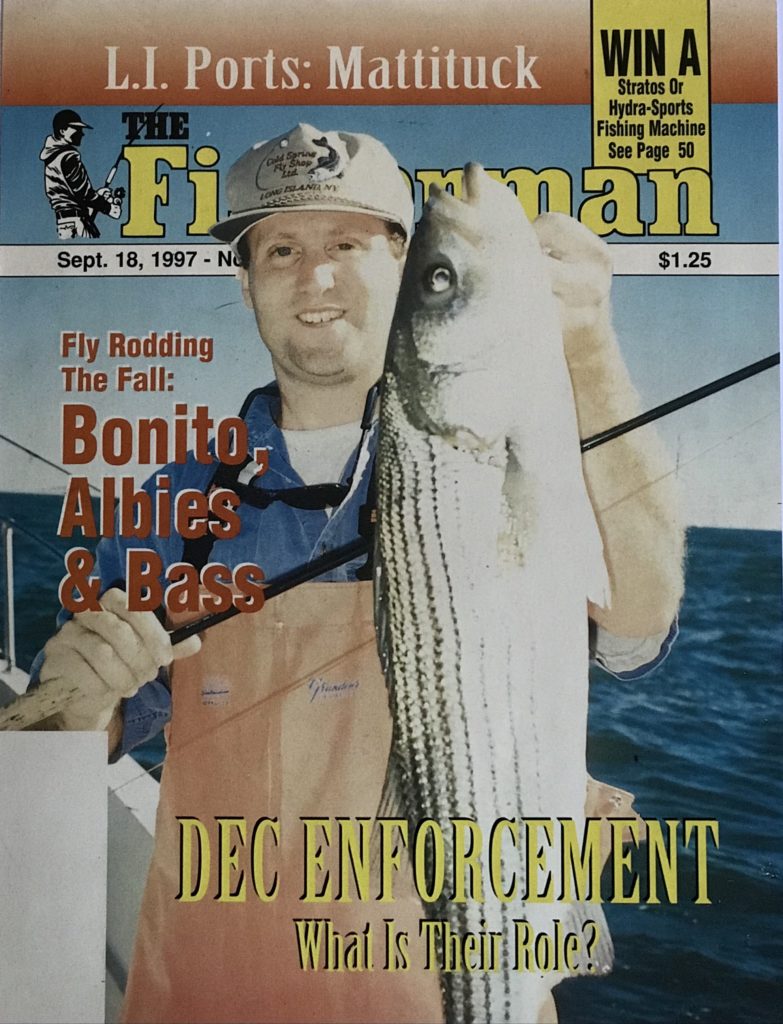
SAFETY FIRST. When we teach sailing, and when I used to teach some snowboarding as well, we’d discuss safety first. Then, the idea was to have fun. Finally, maybe people would learn something: but nothing happens without the feeling of security, and most people aren’t learning if they’re not having fun.
On snow? I’d teach people how to fall safely before they even got to strap one foot onto their boards. (For first-time lessons, at any rate.) Seriously: I’d demonstrate how to fall both forward and backward, and then they’d do it. I made it fun. They knew they were going to fall sometimes learning; we brought that out into the open. Once they learned that they didn’t have to fall hard and get hurt just taking a basic lesson, they relaxed about it. Then, they didn’t fall. (Not much, anyway!)
We take the same approach to sailing lessons.
What about the pandemic? We sail – with MASKS!
THE PANDEMIC IS GETTING WORSE. Yes, we have vaccines. Yes, more are likely to be developed. But, there are mutated strains now that are far more transmissible, and also now understood to likely be more dangerous once we’re infected by them. There’s a chance that one or more current or future mutations will be resistant to current vaccines. That, plus pandemic fatigue, and blatant disregard for proven science and math, is why the United States is the world leader. Not in response to the virus, but in mashing up its response and leading to a ridiculous number of deaths, most of which could have been avoided.
The simplest things remain true:
- Keep your distance from others. You can’t infect, or get infected by someone whose breath you’re not breathing, either in the moment or shortly afterward. That’s the social distance thing and avoidance of crowds, or entering &/or remaining in areas where many people have been.
- Use a proper mask, and wear it well. The CDC has yet to change their public guidelines, but many health experts are now saying it’s time to up the ante on the mask front. Either double up the cloth masks (wear 2), or upgrade the masks being worn (N95 or KN95). Personally, I’m back to a respirator for the laundry/mail room in my building, in Uber/Lyfts, and for the rare times I’m on a subway. Otherwise, I use multi-layer cloth masks that fit well, have an adjustable nose section, and a FILTER in between the cloth layers.
On a few occasions last year, we denied enrollment to students who expressed in advance that they were either uncomfortable or unwilling to wear masks. We rode herd on people who did attend and got sloppy about using masks, including the threat of kicking them out with no recourse or refund. We take this deadly seriously.
Are there times people can take their mask off? Yes – but only when it’s abundantly safe to do so based on where they are in relation to other people and what the wind is doing. What about inside? We spend almost no time inside, even with learn to sail. (It’s a sport learned by doing, not hearing people talk about it.) But when we are inside, we distance, ventilate, and WEAR MASKS PROPERLY.
I’m not yet eligible for the vaccine due to age and occupation. It worries me. But, just as with mitigation measures for activities I choose to do, I can mitigate the risk of exposure and infection with distancing, masks, and in some cases, just NOT doing it.
DON’T DO THIS…
